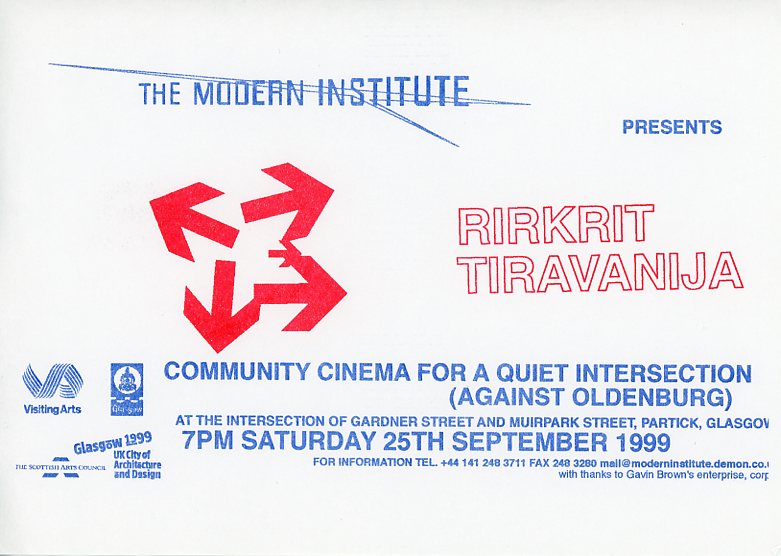
Community Cinema For a Quiet Intersection (Against Oldenburg) was an early, community-driven project by Rikrit Tiravanjia in Glasgow 1999. Here some pictures on flickr.
“The Thai artist Rikrit Tiravanja created the installation Community Cinema For a Quiet Intersection (Against Oldenburg) as part of the City of Architecture Festival in Glasgow, Scotland, in September 1999. He created a temporary outdoor cinema composed by four screens and accompanied by a Thai café right on the traffic intersection in a residential neighbourhood in Glasgow and after dusk showed films that had been chosen by the local community: Casablanca, A Bug’s Life, The Jungle Book and It’s a Wonderful Life were shown in parallel on the our screens.” Anna Schober, The Cinema Makers: Public Life and the Exhibition of Difference in South-Eastern and Central Europe Since the 1960s .
Forde, Genève
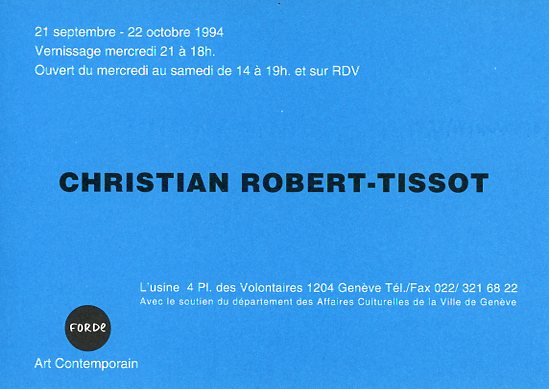
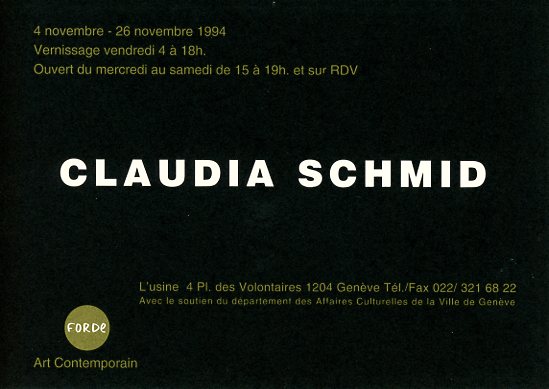
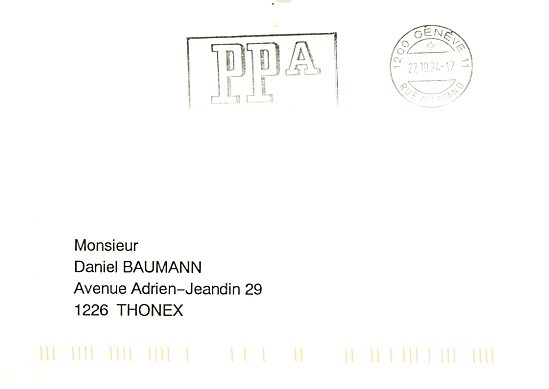
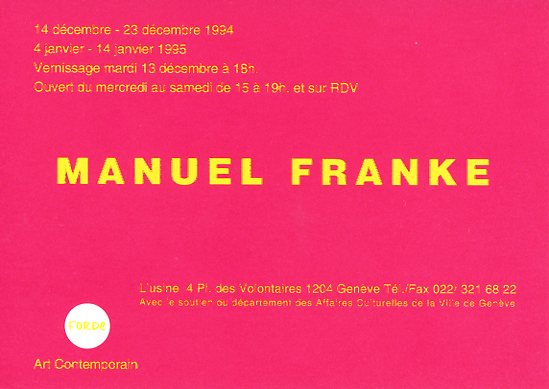
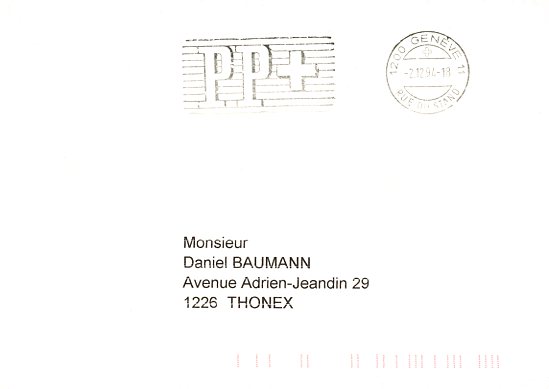
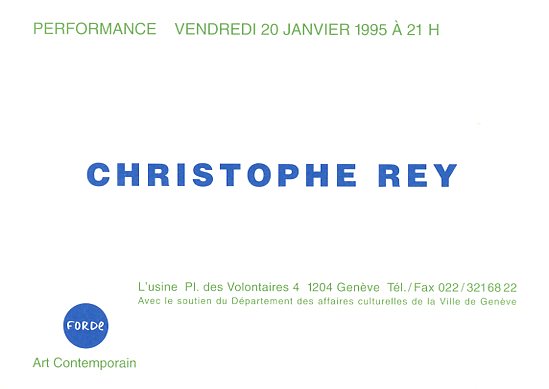
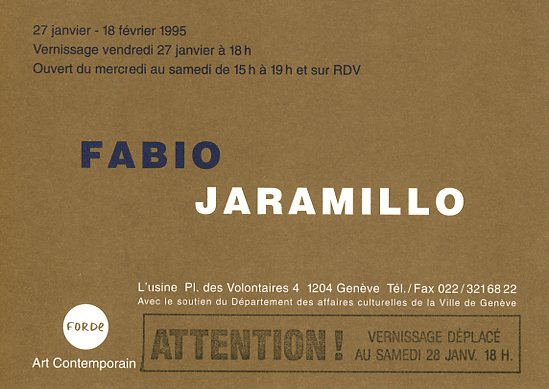
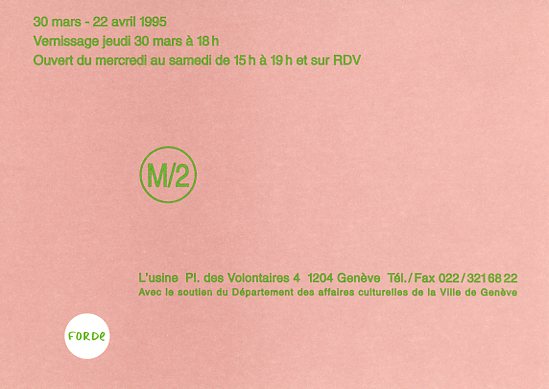
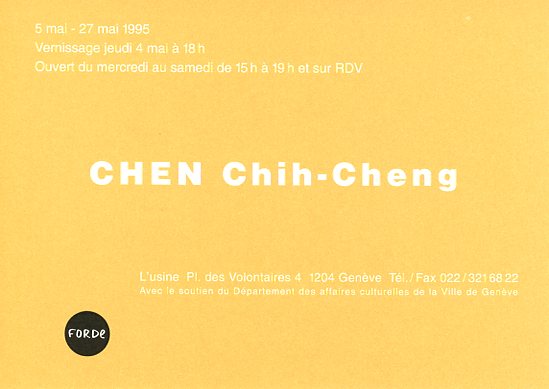
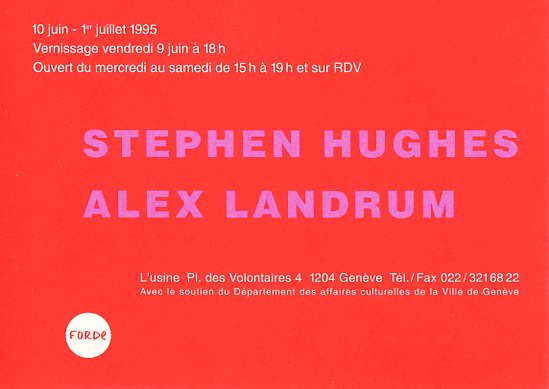
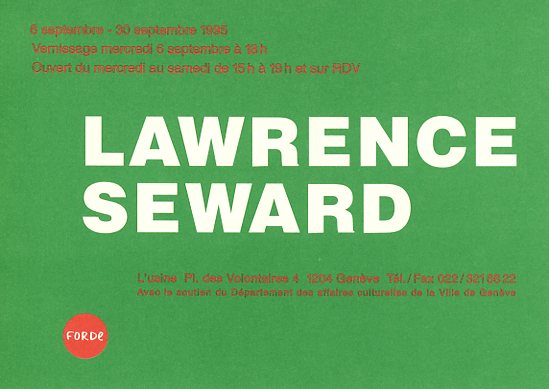
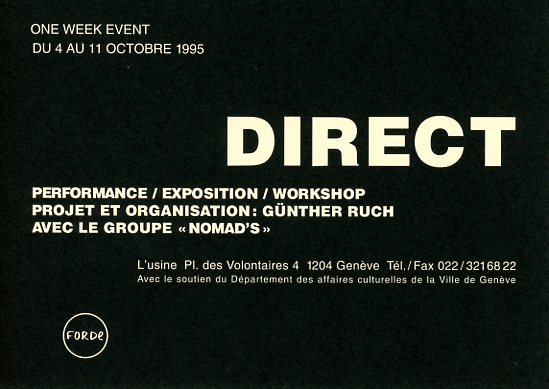
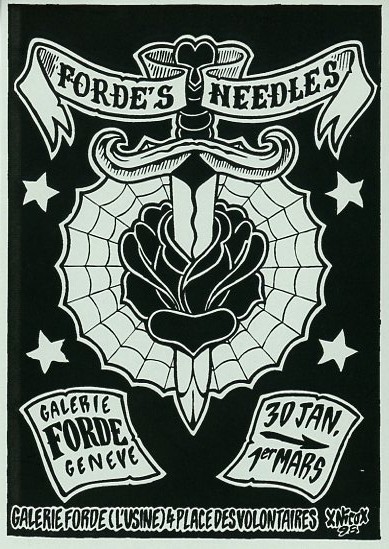
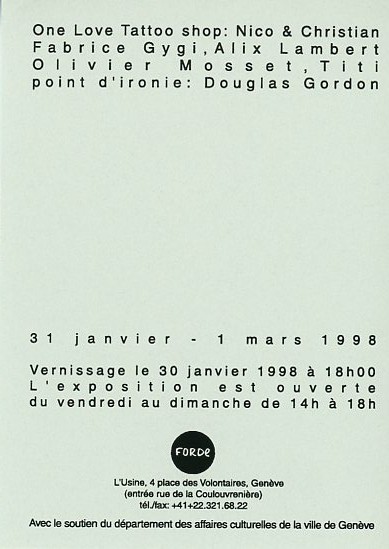
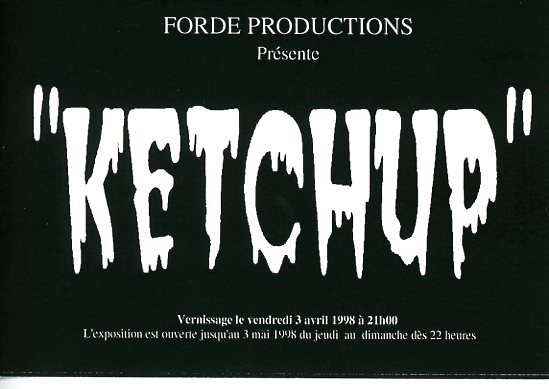
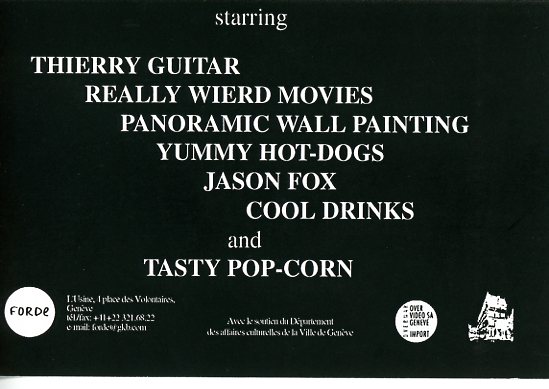
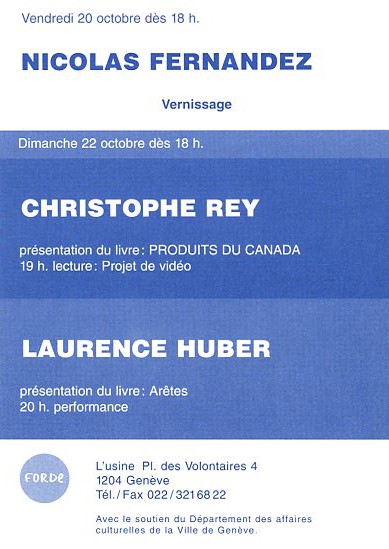
Invitation cards of Forde, an independent art space in Geneva. The cards are from the very first years, as far as I know they were designed by Geneva artist Alexandre Bianchini. Forde was founded in 1995 by the artists Alexandre Bianchini, Fabrice Gygi and Nicolas Rieben. Every three years, a new curatorial team takes over the space at Usine, here is the full list.
Hacienda, Zürich
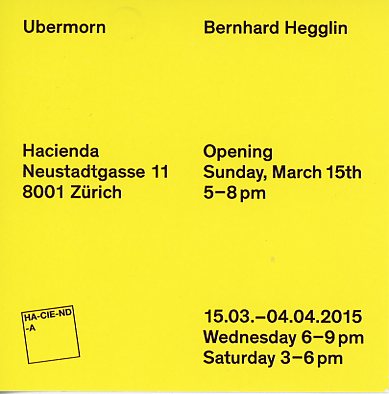
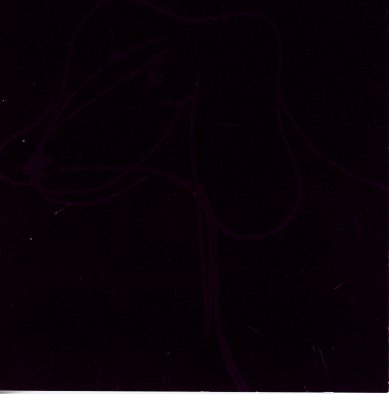
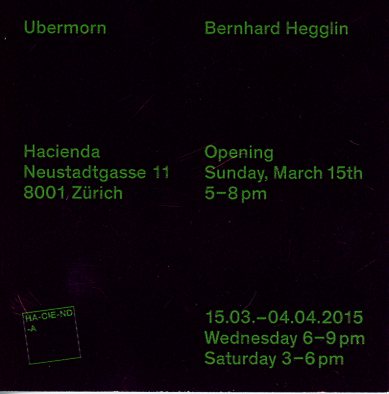
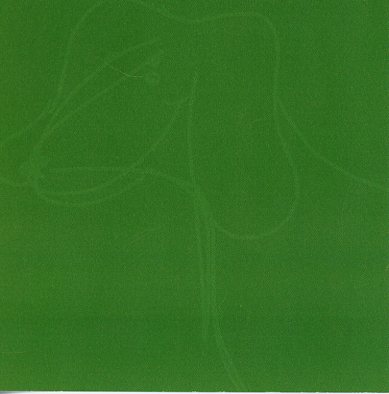
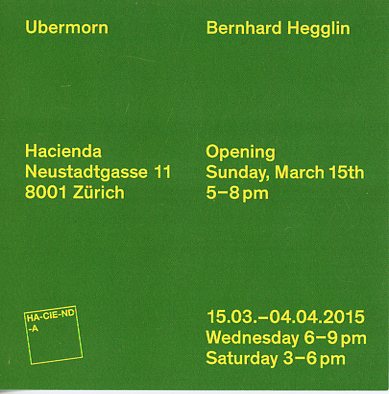
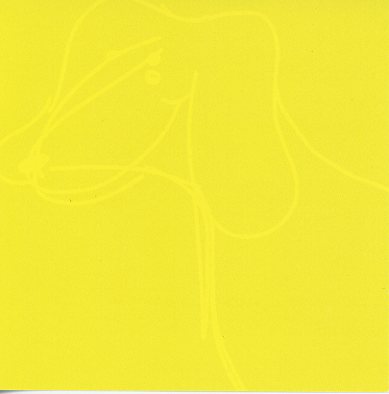
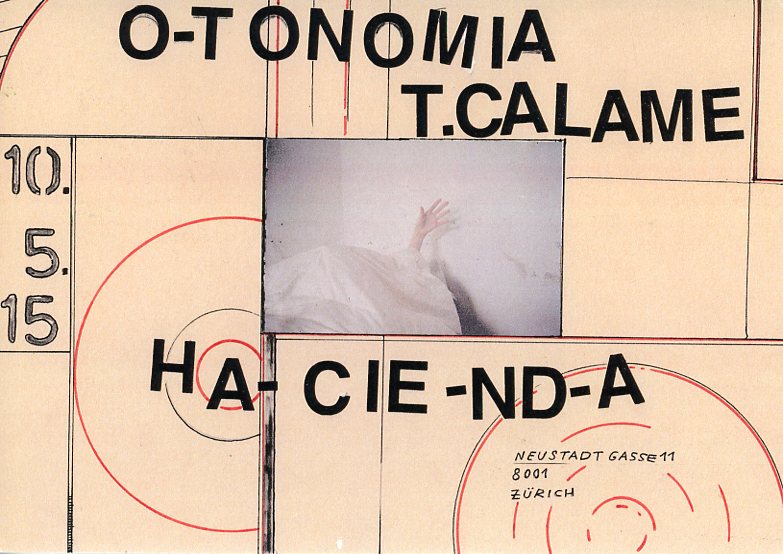
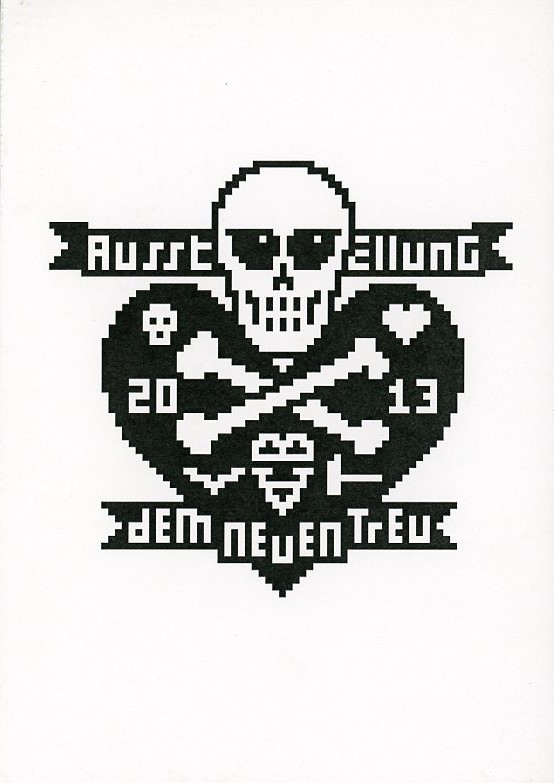
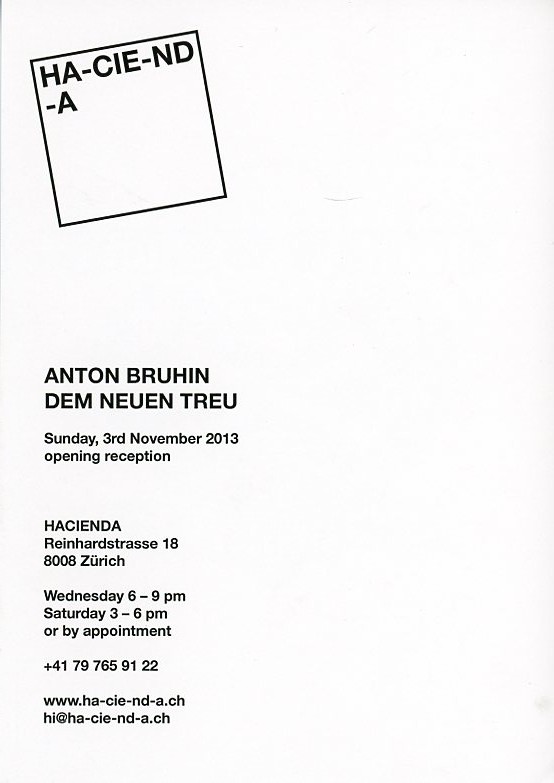
Hacienda was an independent exhibition space in Zürich founded by artist Fabian Marti, art historian Arthur Fink and the current gallerist Oskar Weiss (see www.weissfalk.ch). It was active between 2012 and 2015 (?) and located in a former Kinderkrippe in the center of Zürich. See the interview by Mitchell Anderson for Flash Art here. They also founded the publishing house Hacienda Books, currently under the direction of Oskar Weiss.
Douglas Gordon
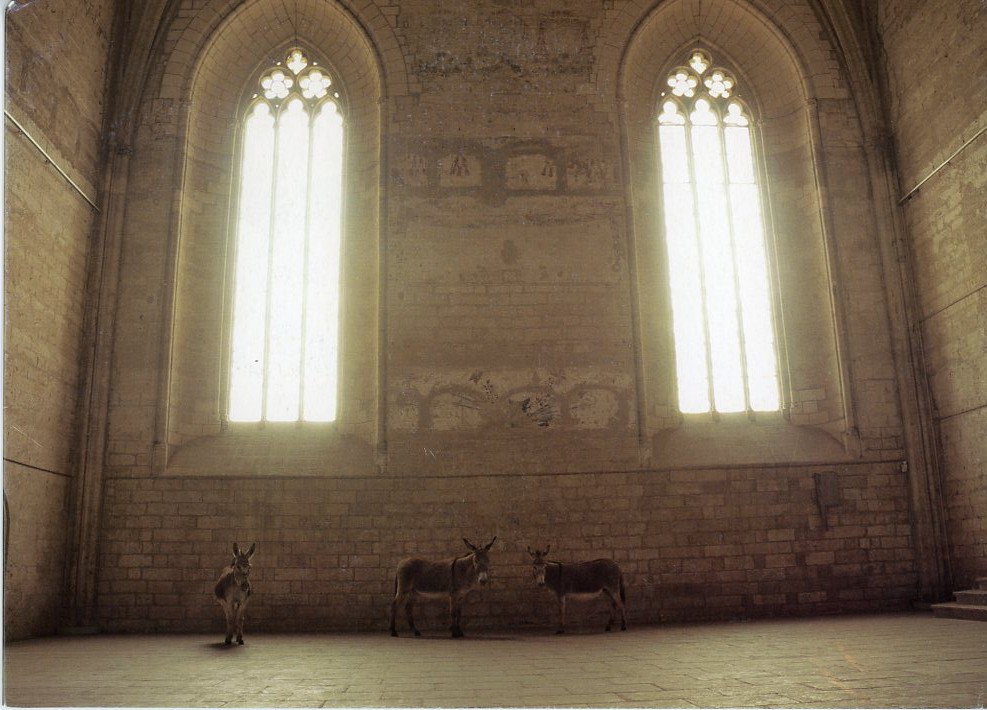
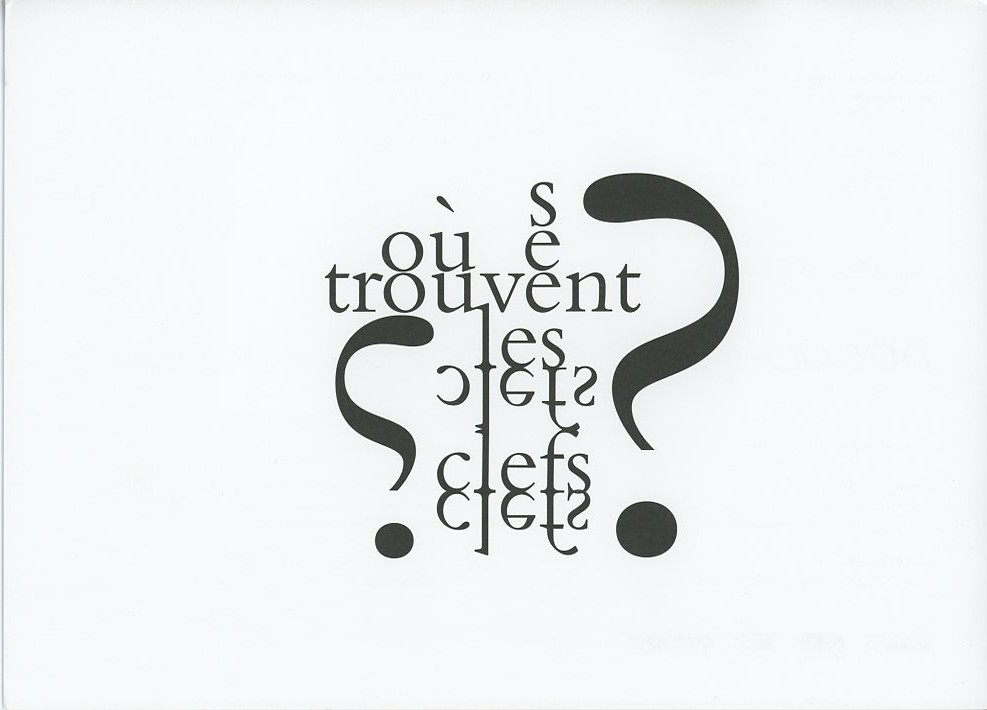
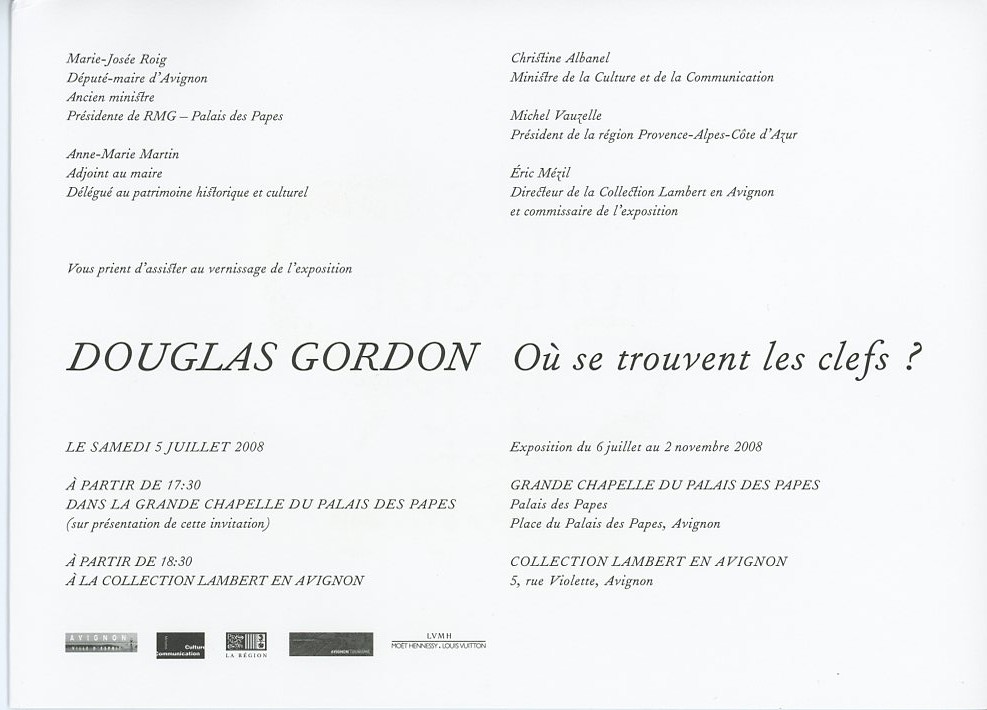
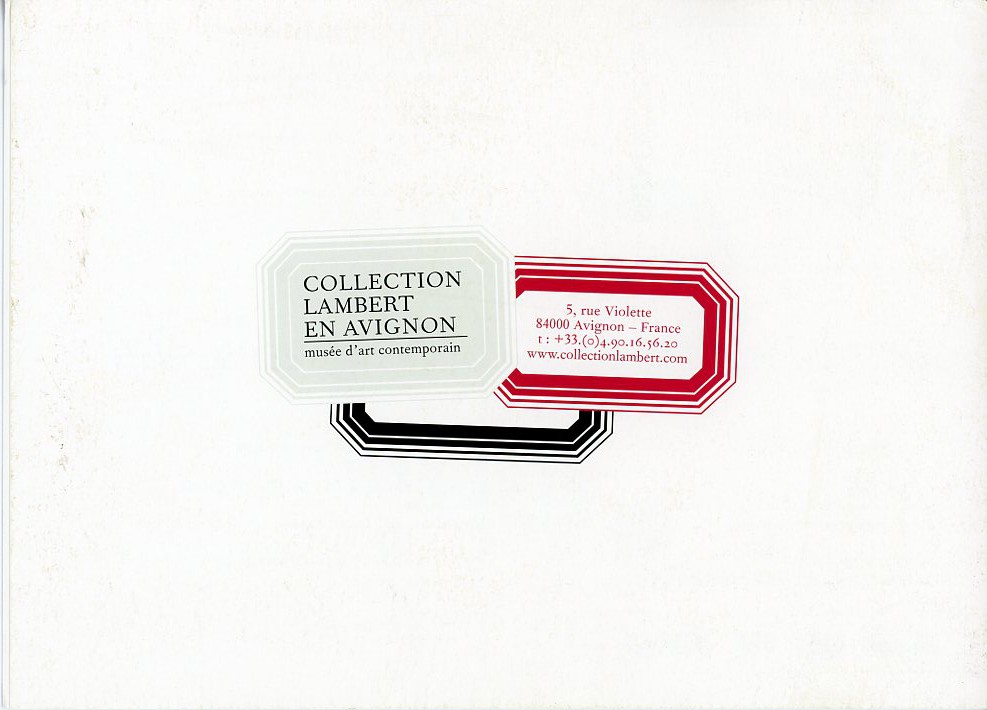
On the occasion of Douglas Gordon’s exhibition in Hôtel de Caumont Collection Lambert in Avignon, a catalogue was published. It contains texts by Éric Mézil, Jacques Chiffoleau, Rudolf Sagmeister and Corinne Rondeau. Le Monde published a review of the show.
Spencer Sweeney – MiLLion dollar Paintings
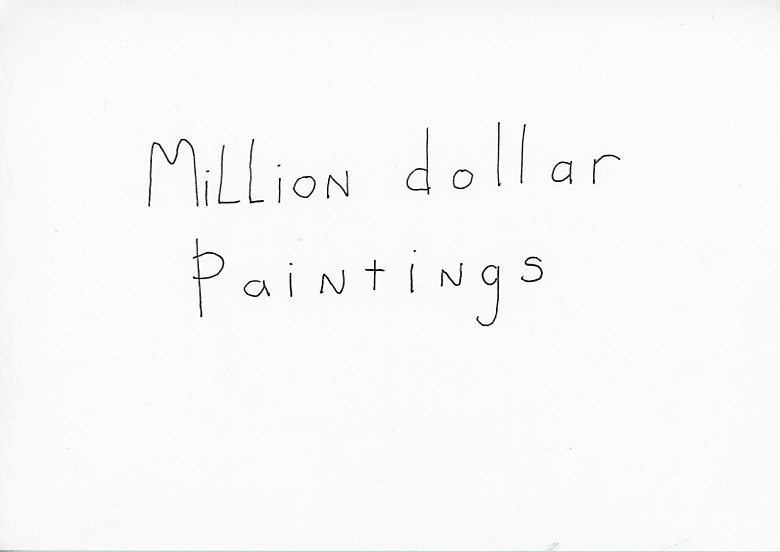
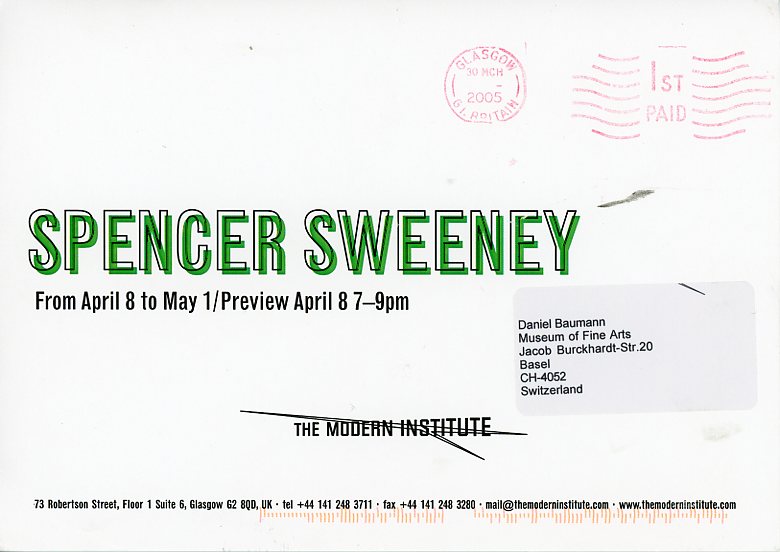
Invitation by Spencer Sweeney for his successful show at The Modern Institute in 2005 in Glasgow. Design by Toby Webster.
User comment: “Die auffälligste Einladung stammt von Spencer Sweeney: in betont simpler Handschrift steht ‘Million dollar Paintings’, was gleich die Diskrepanz von Realität des Künstlertums und Ambition aufzeigt.” Michael Kathe
Michael Etzensperger
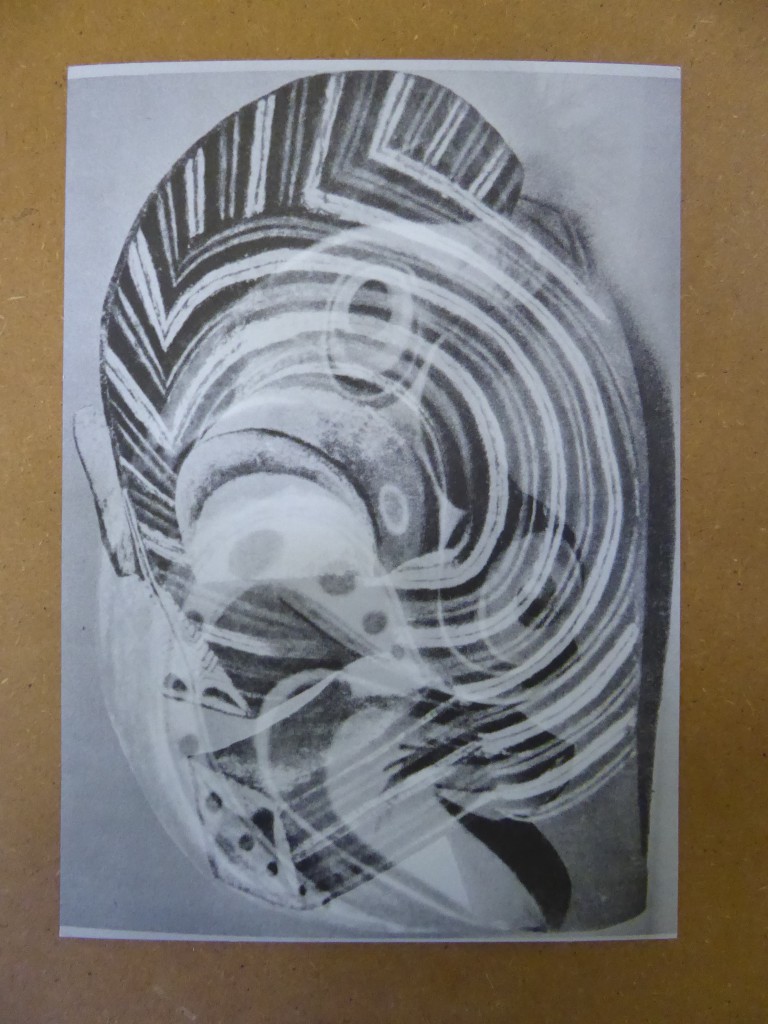
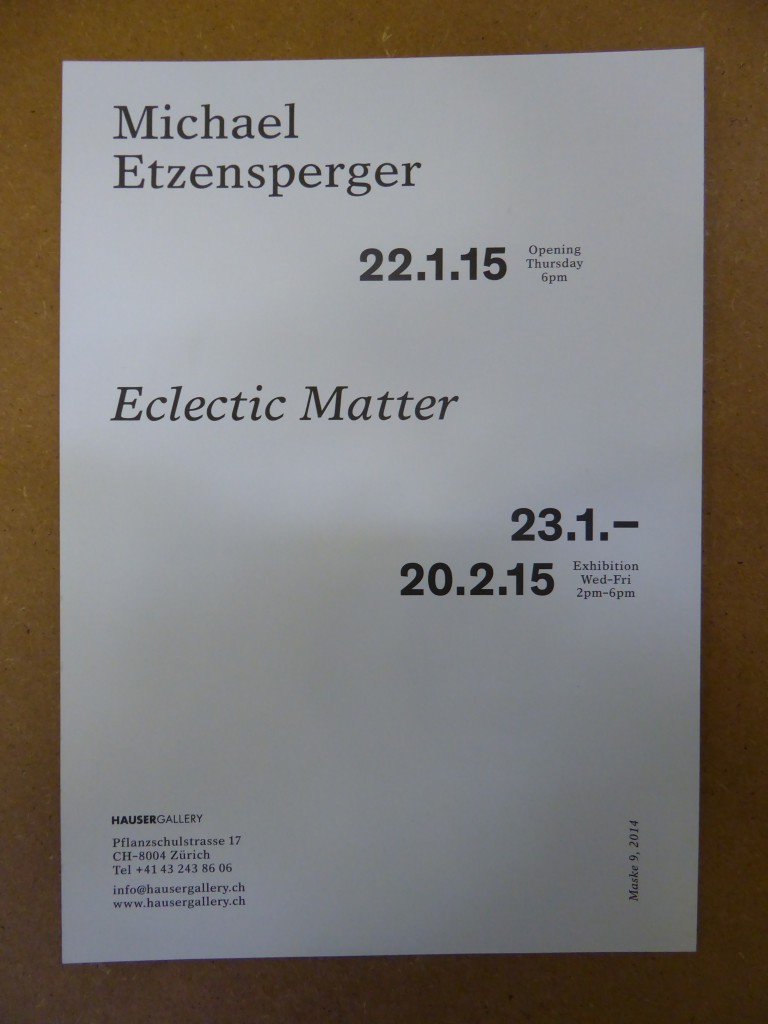
User comment: “I discovered the works of Michael Etzensperger during the portfolio review Plat(t)form 14 in the Fotomuseum Wintherthur. On the 22.1.15 I saw the show at the Hauser gallery with a group of international curators invited to the Plat(t)form 15. On the 29.1.16 I met Michael Ettensperger by chance at Kunsthalle with a group of international curators invited to Plat(t)form 16.” Caroline Nicod
Swiss Institute New York invitations
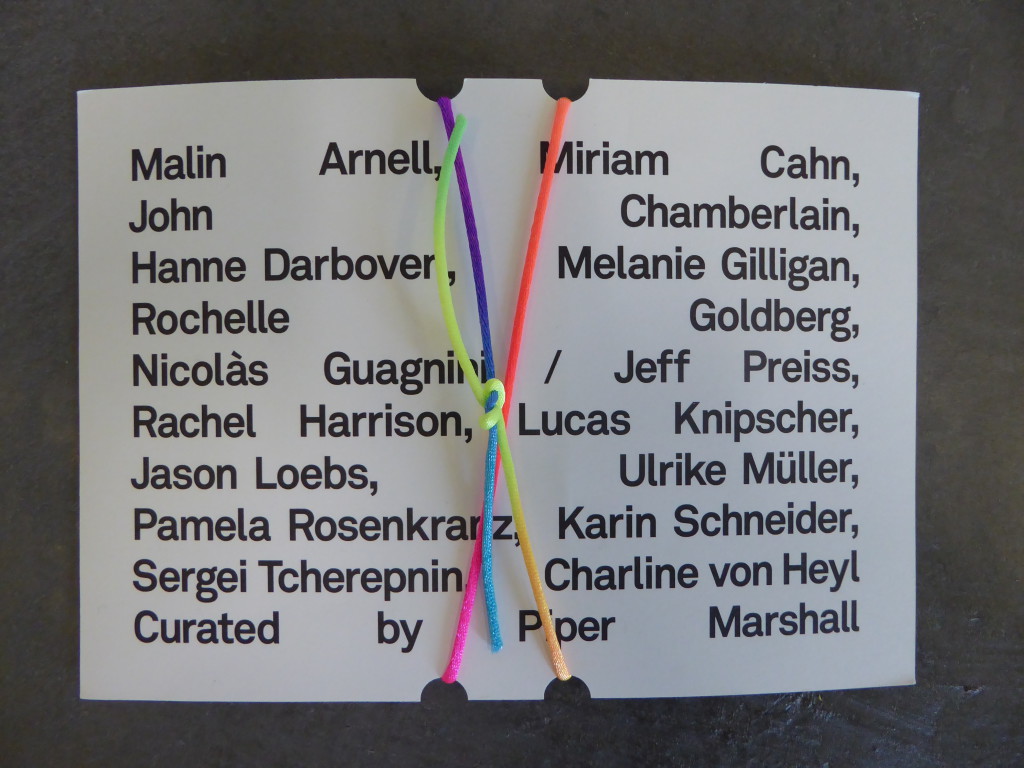
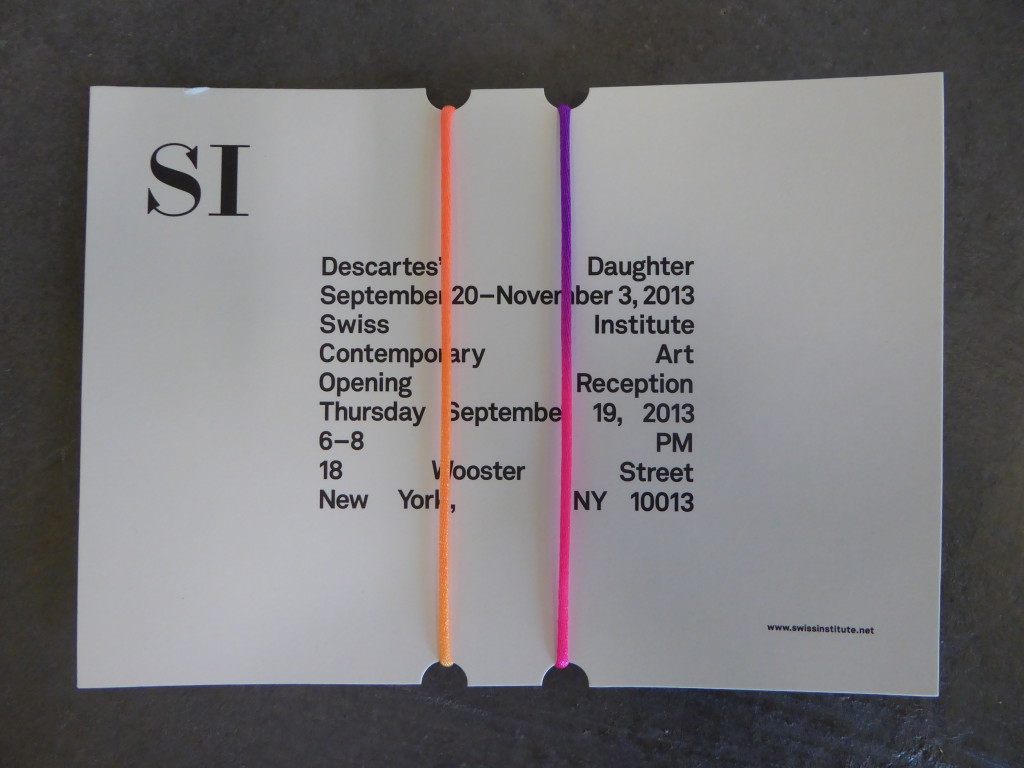
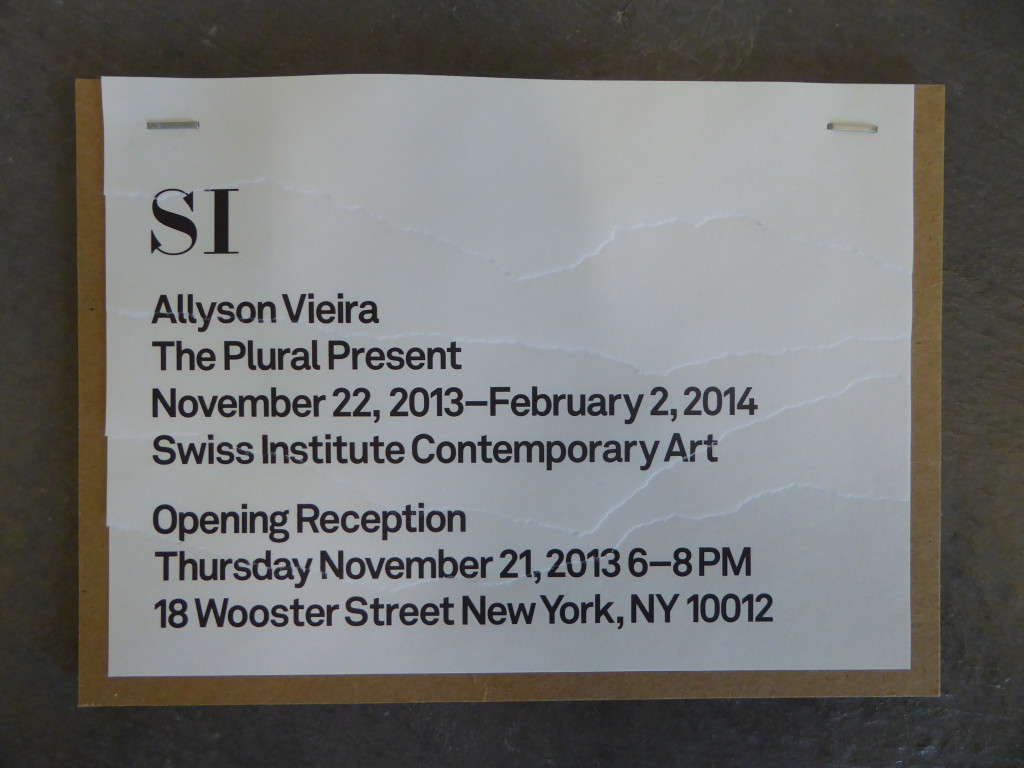
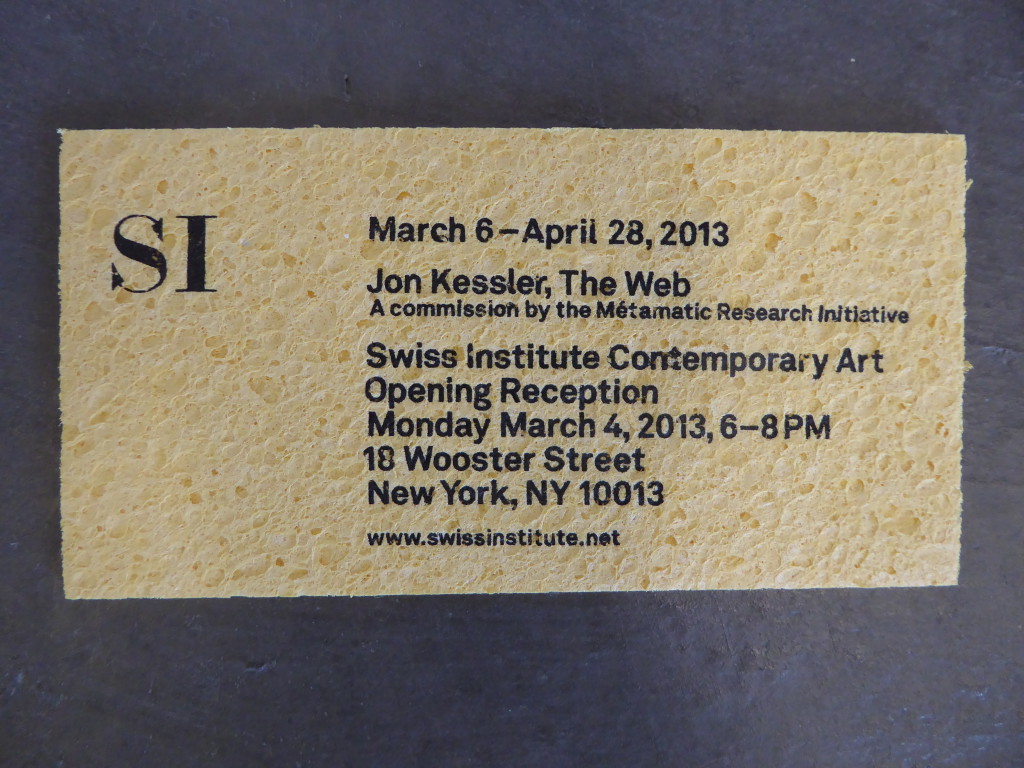
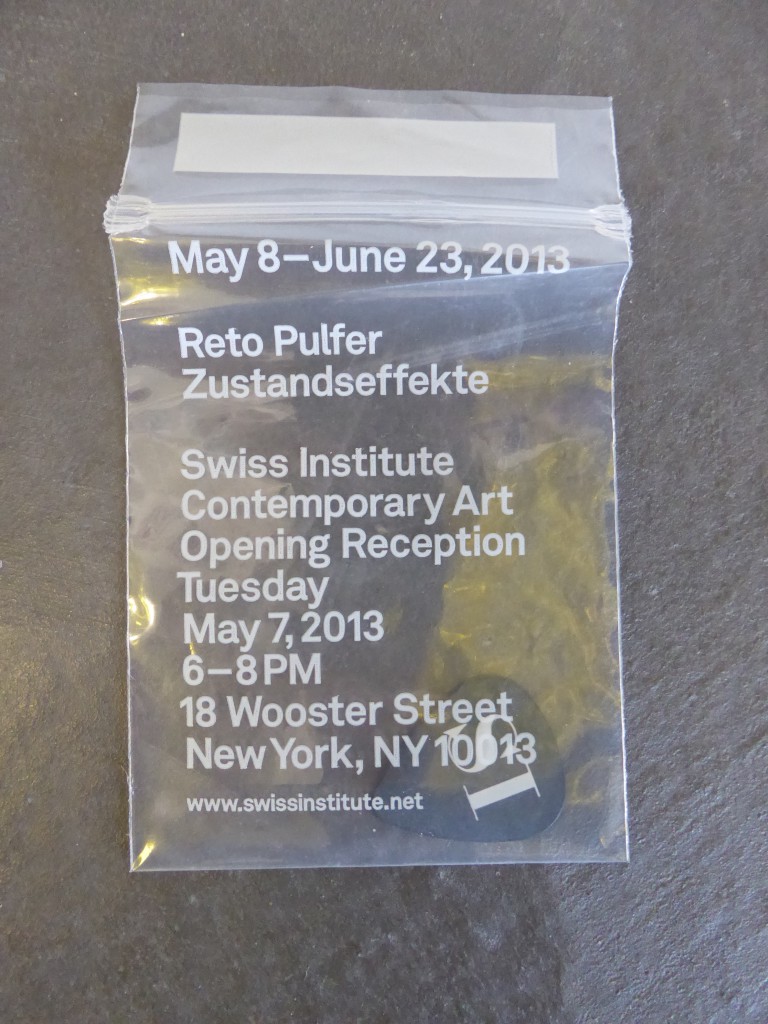
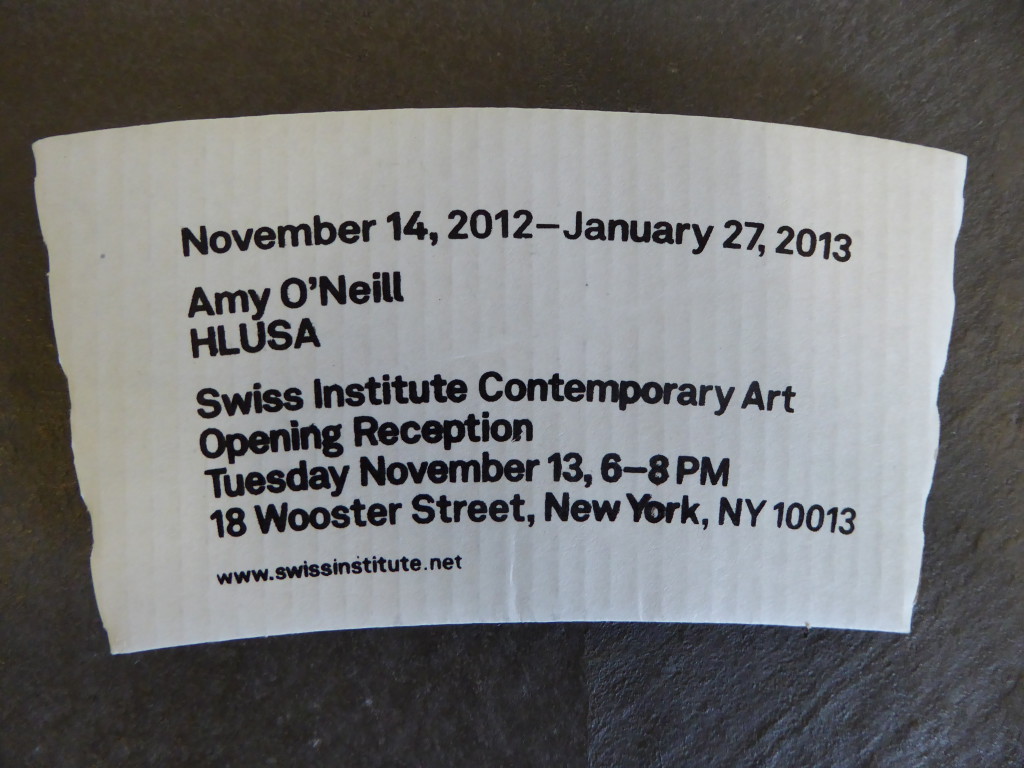
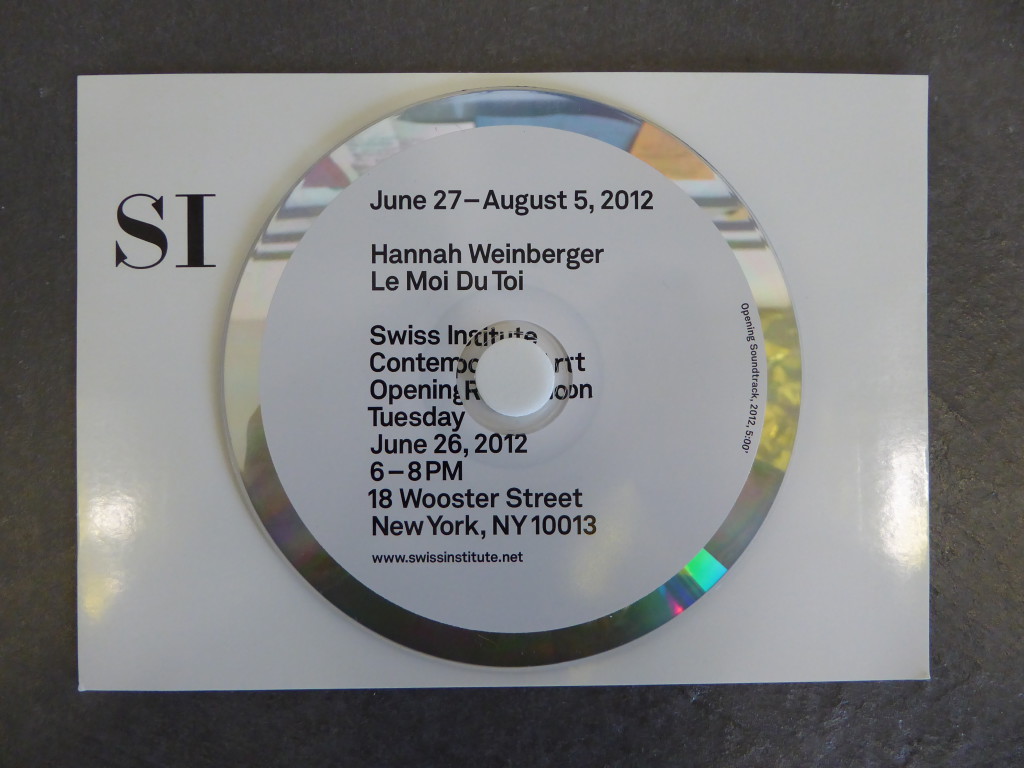
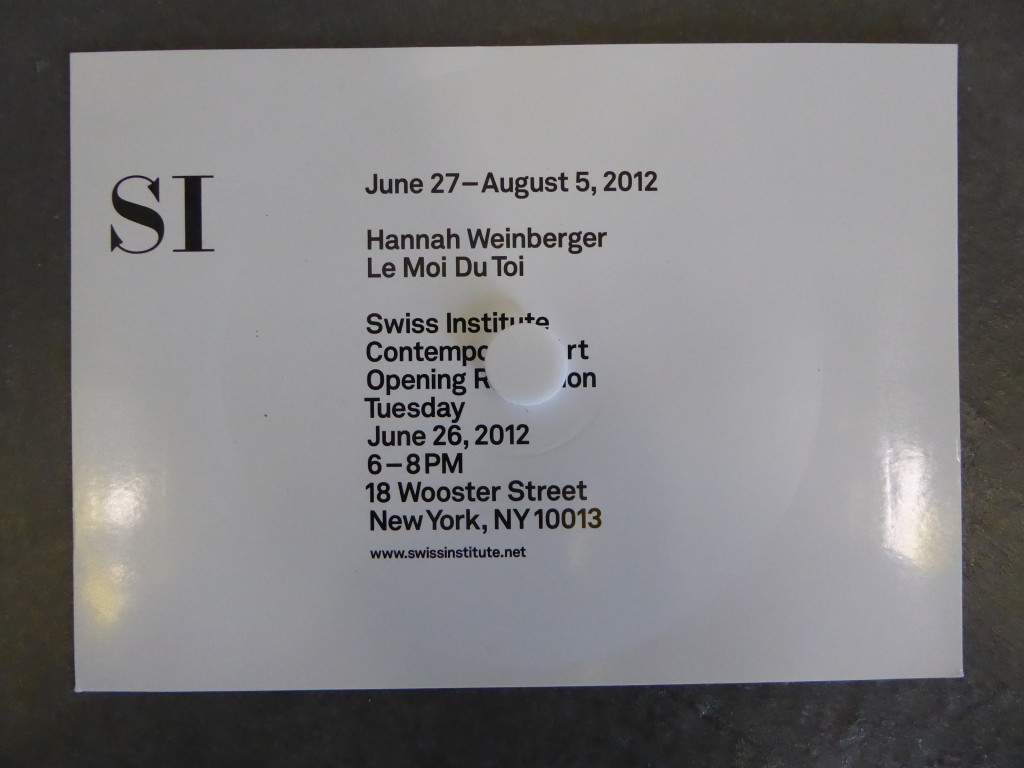
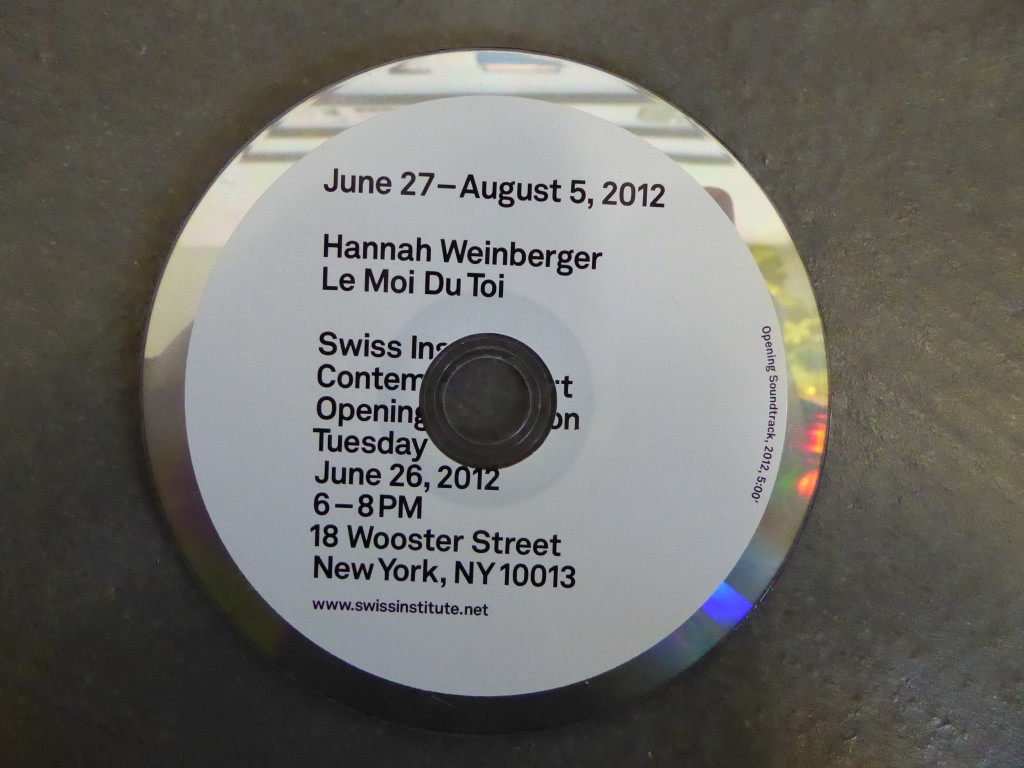
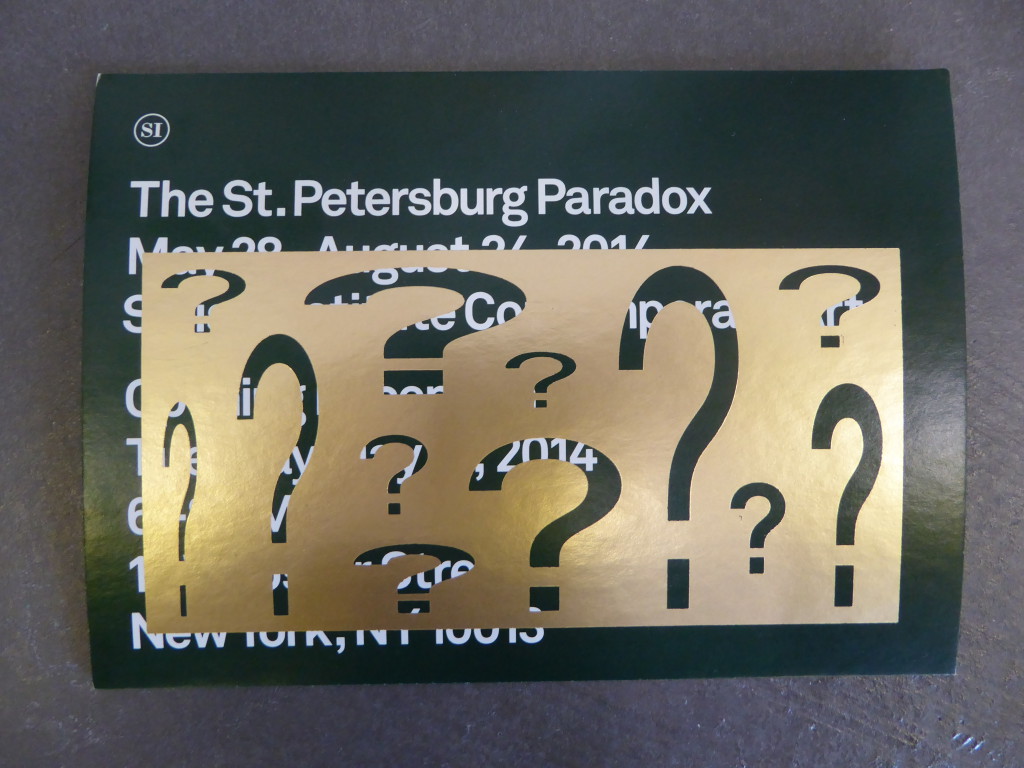
A series of surprising and ambitious invitation cards by the Swiss Institute in New York designed by Patrick Li (Li Inc., est. 2000). Gianni Jetzer, SI’s its curator from 2006 to 2013, first worked with FLAG (est. 2002) by Swiss designers Aubry Broquard who, in 2008, became artists.
Roma Roma Roma invitation posters
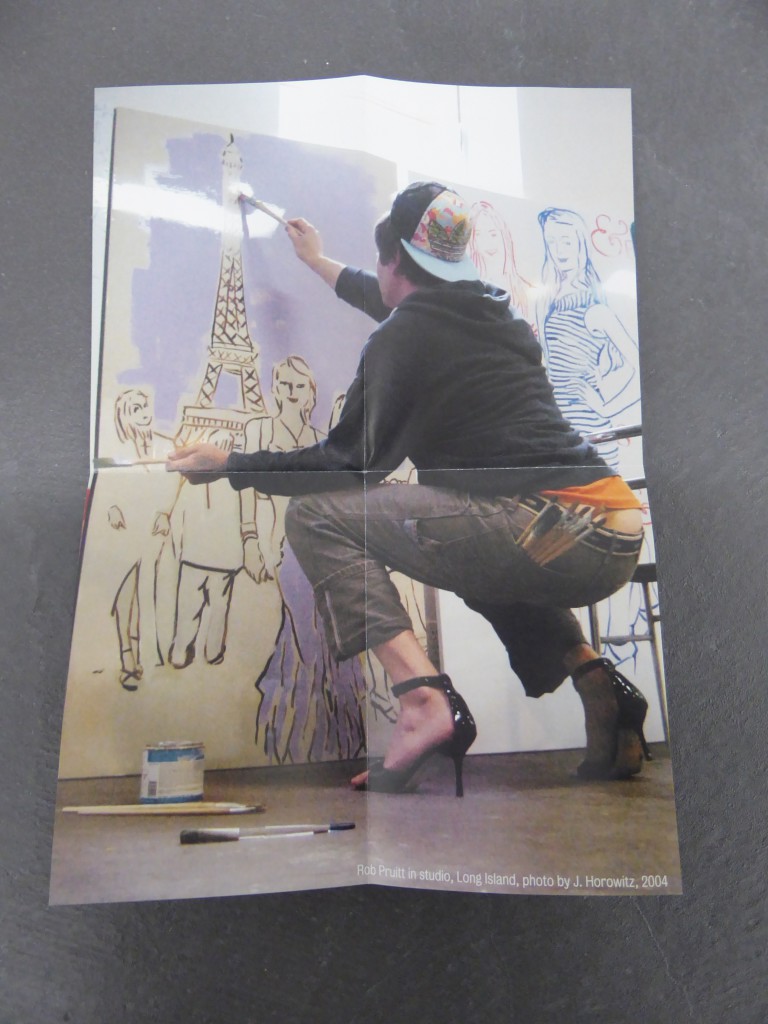
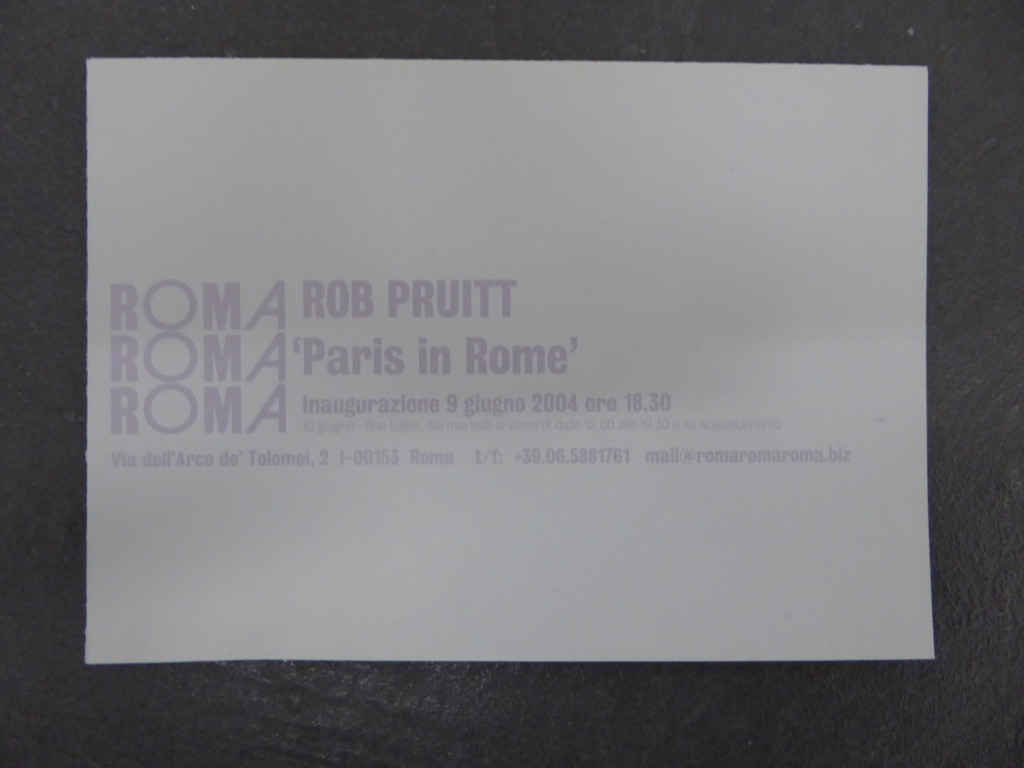
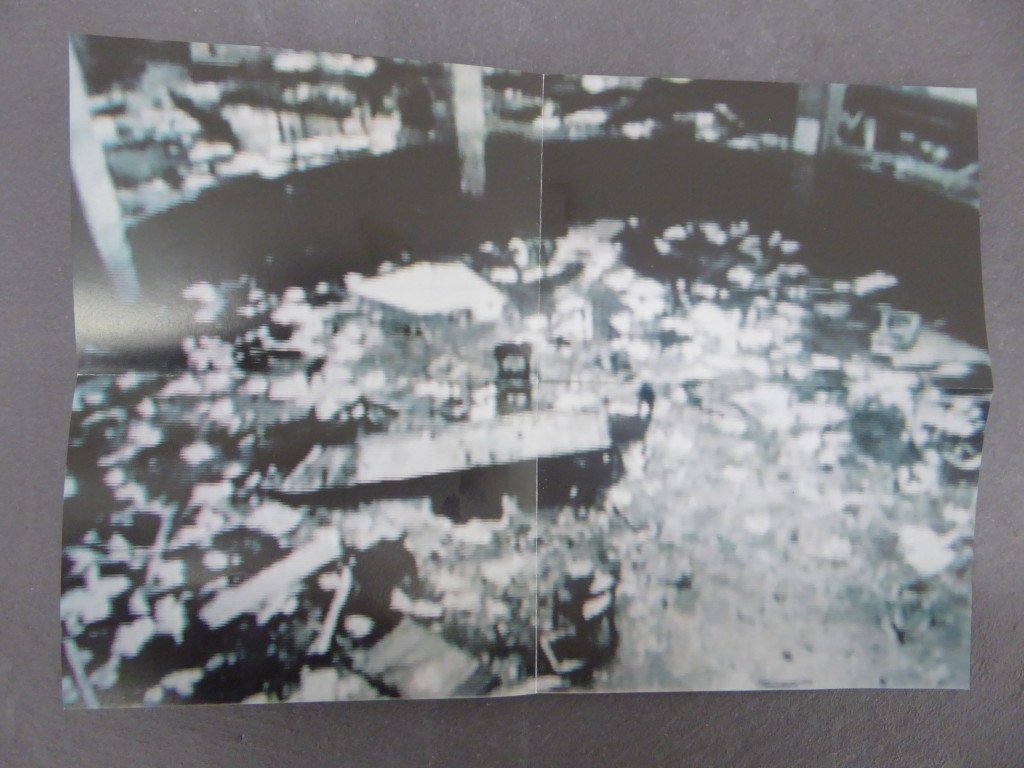
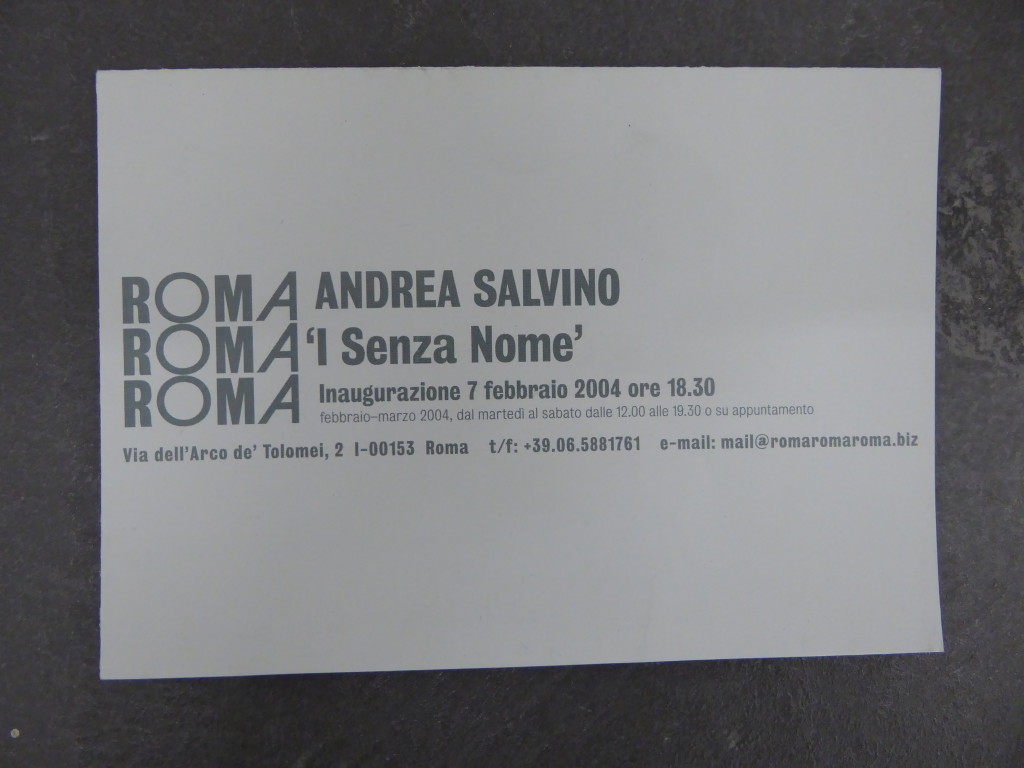
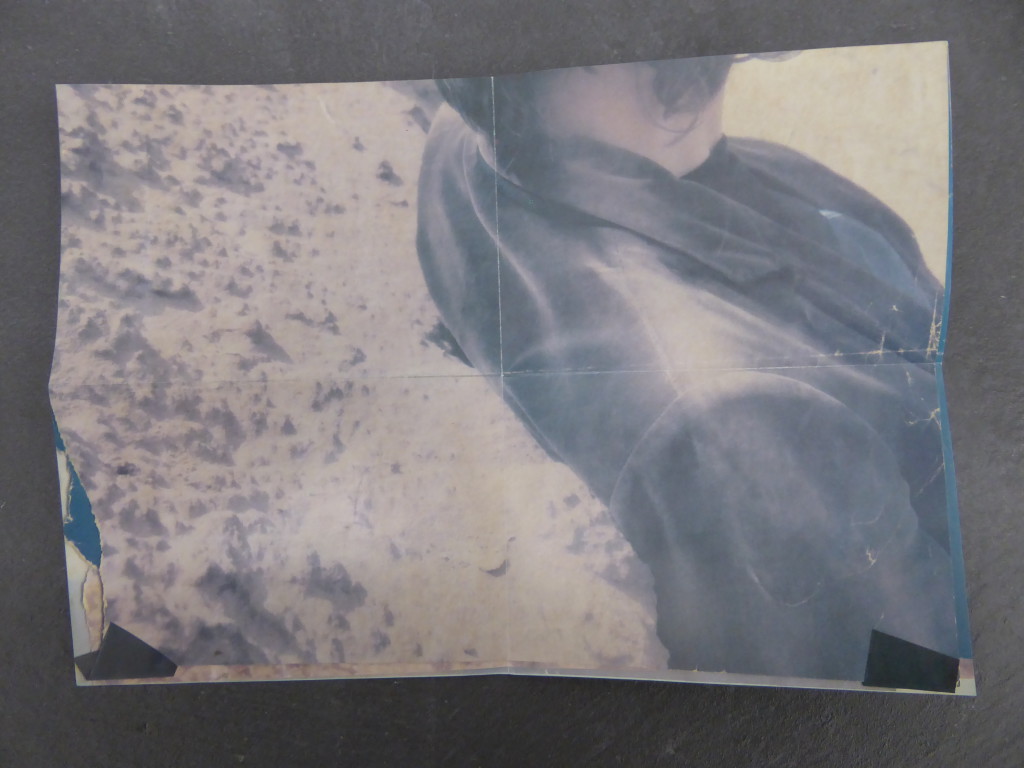
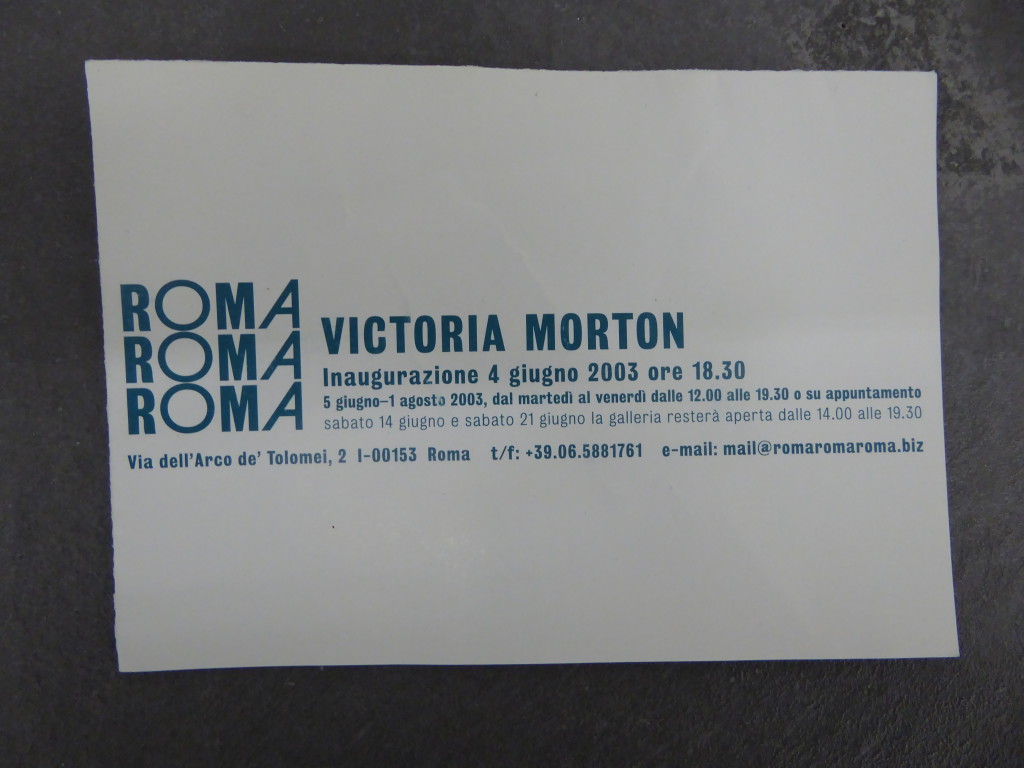
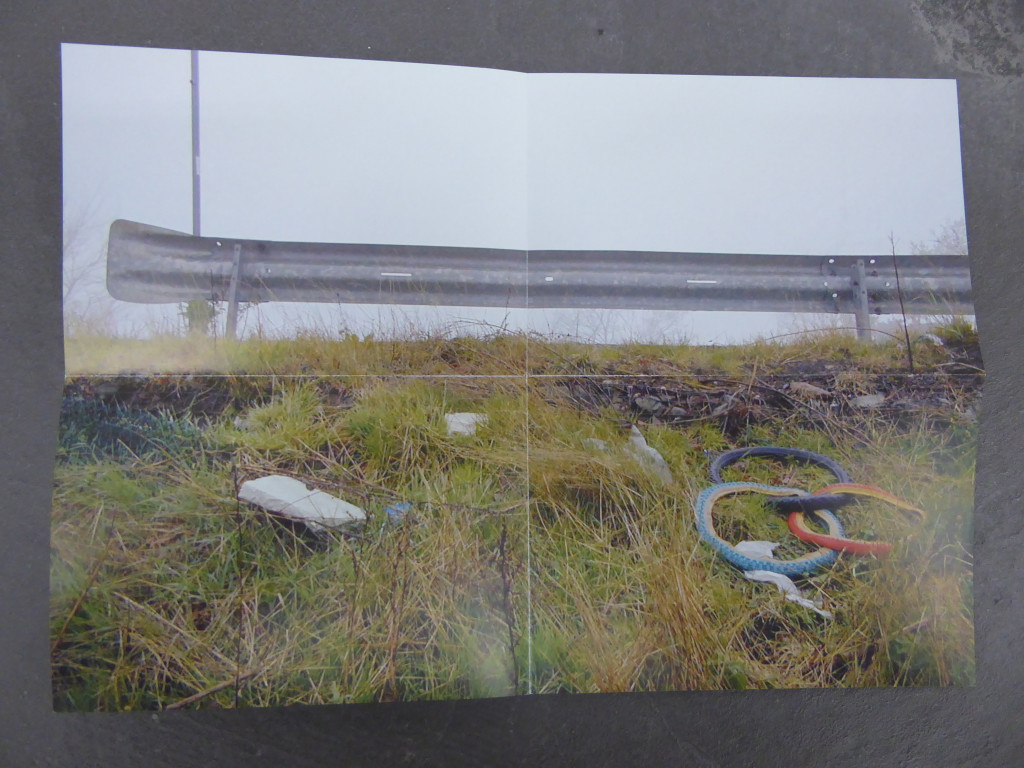
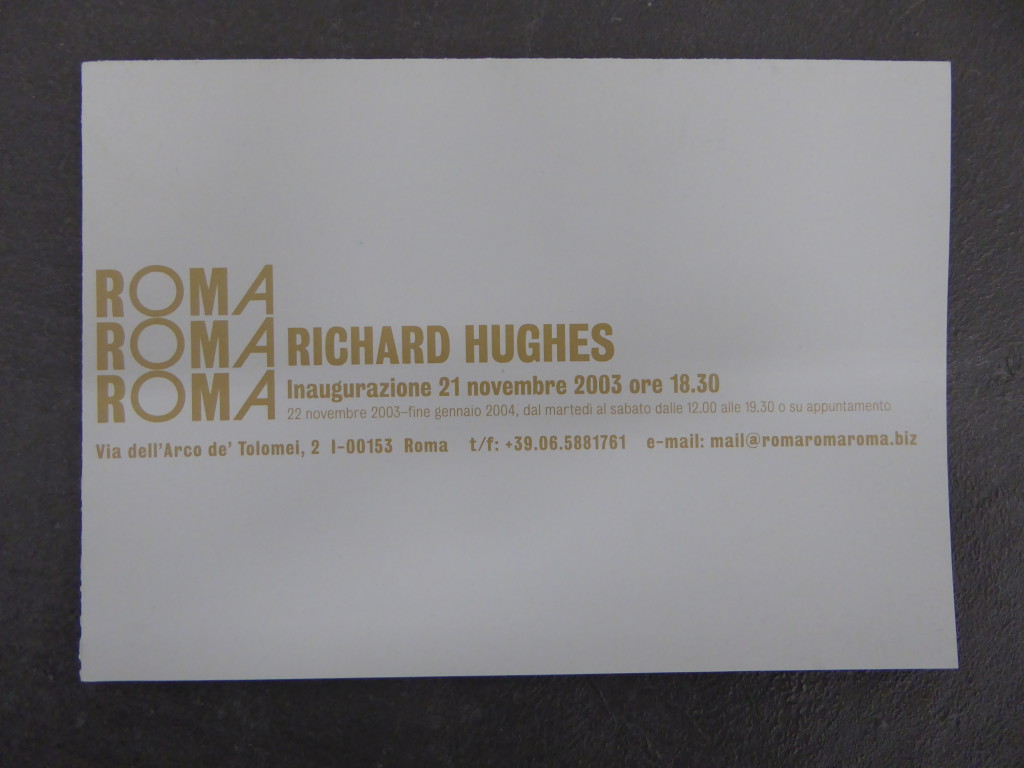
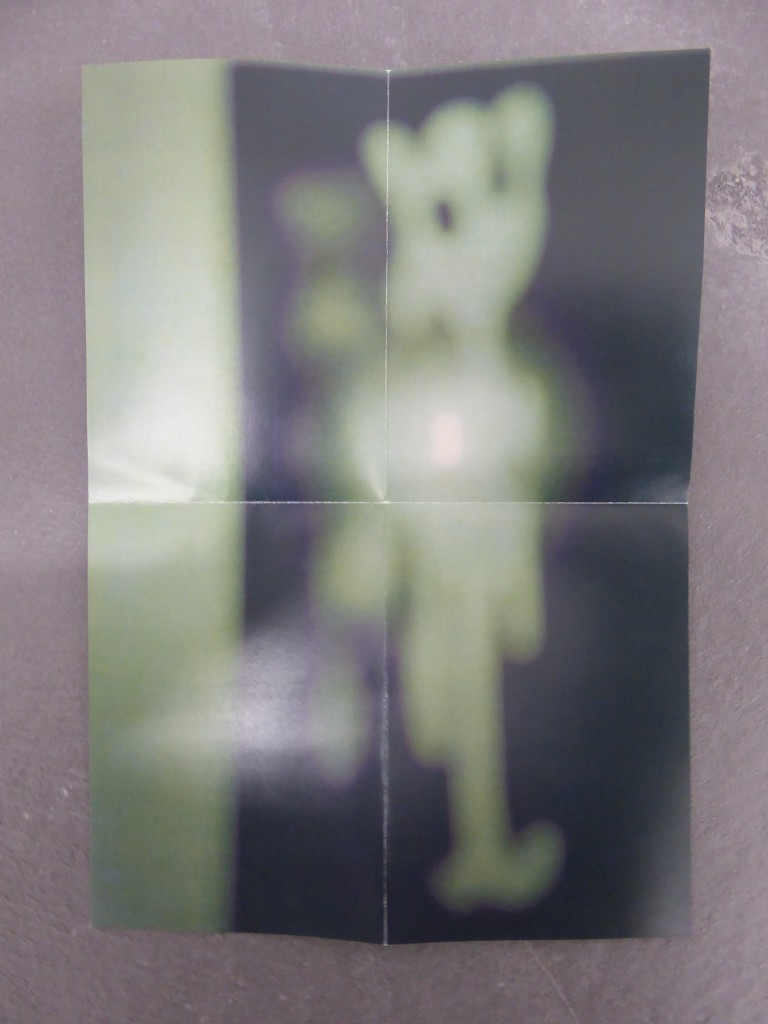
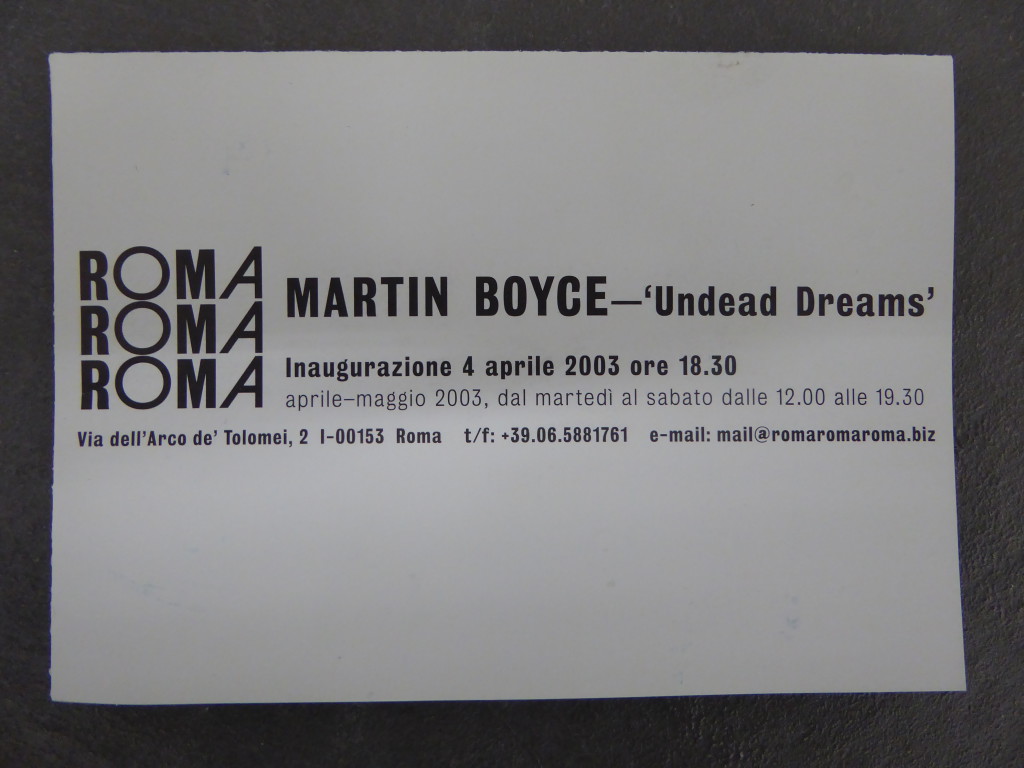
In 2002 the three gallerists Gavin Brown (New York), Franco Noero (Turin) and Toby Webster (The Modern Institute, Glasgow) opened a gallery in Rome. It was a common dream, which lasted for a few years. In 2015, Brown went back to Rome and opened a second gallery at Sant’Andrea de Scaphis, a deconsecrated eighth-century church at Via dei Vascellari 69 in the Trastevere neighborhood.
Sprüth Magers poster invitations
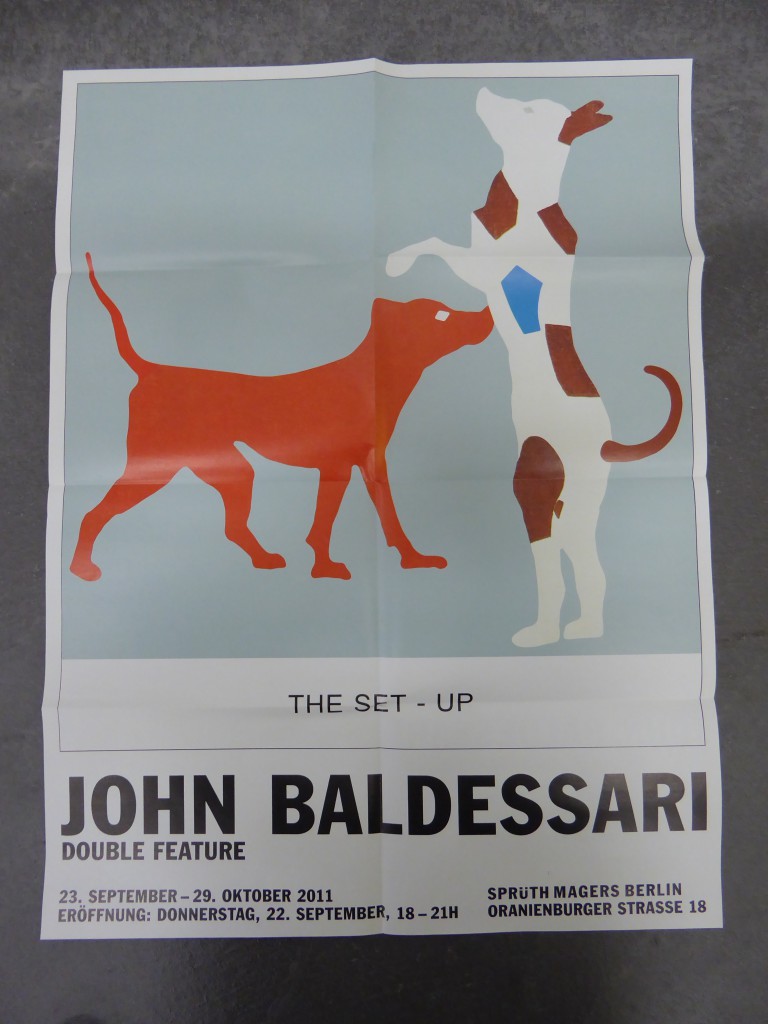
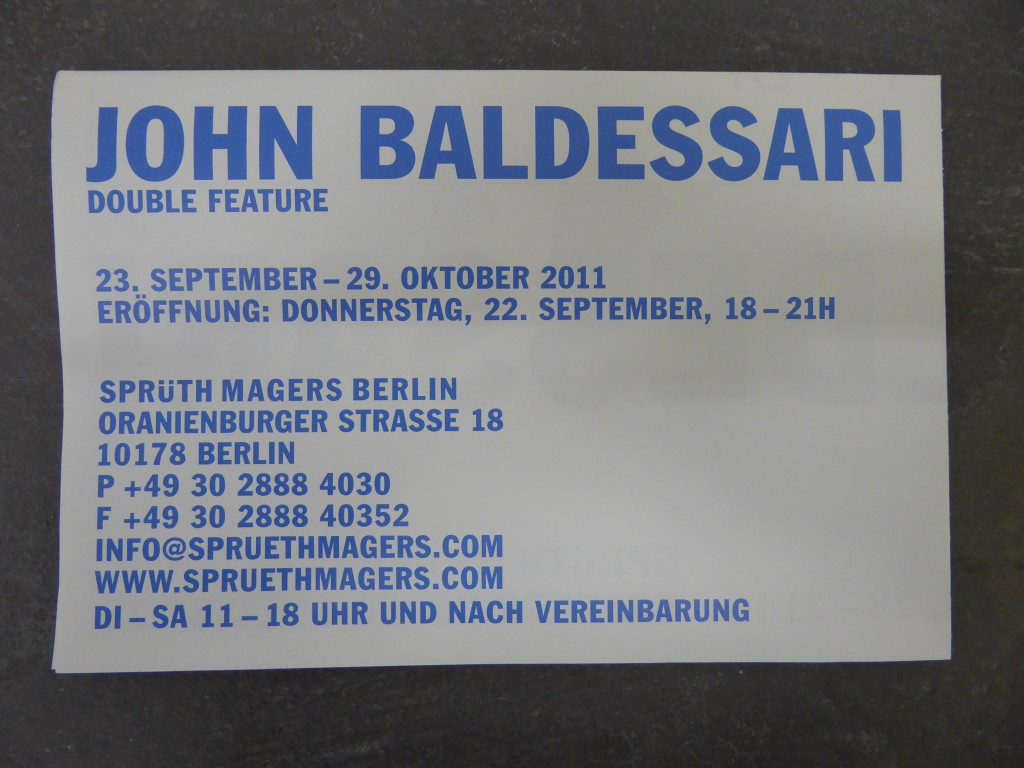
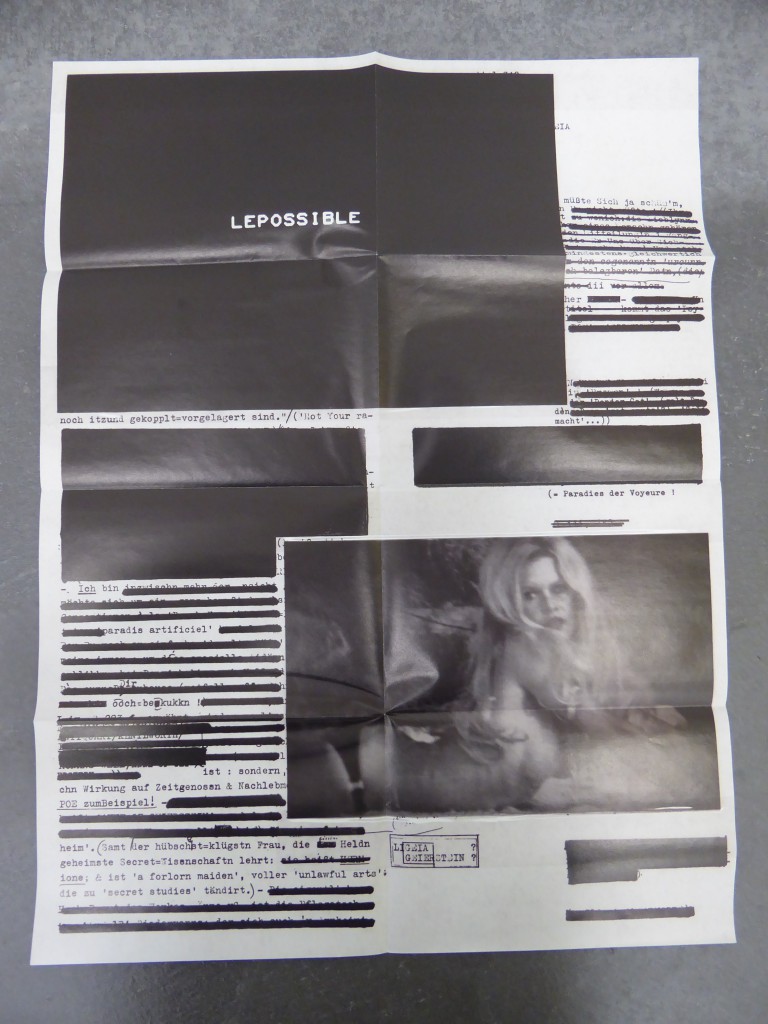
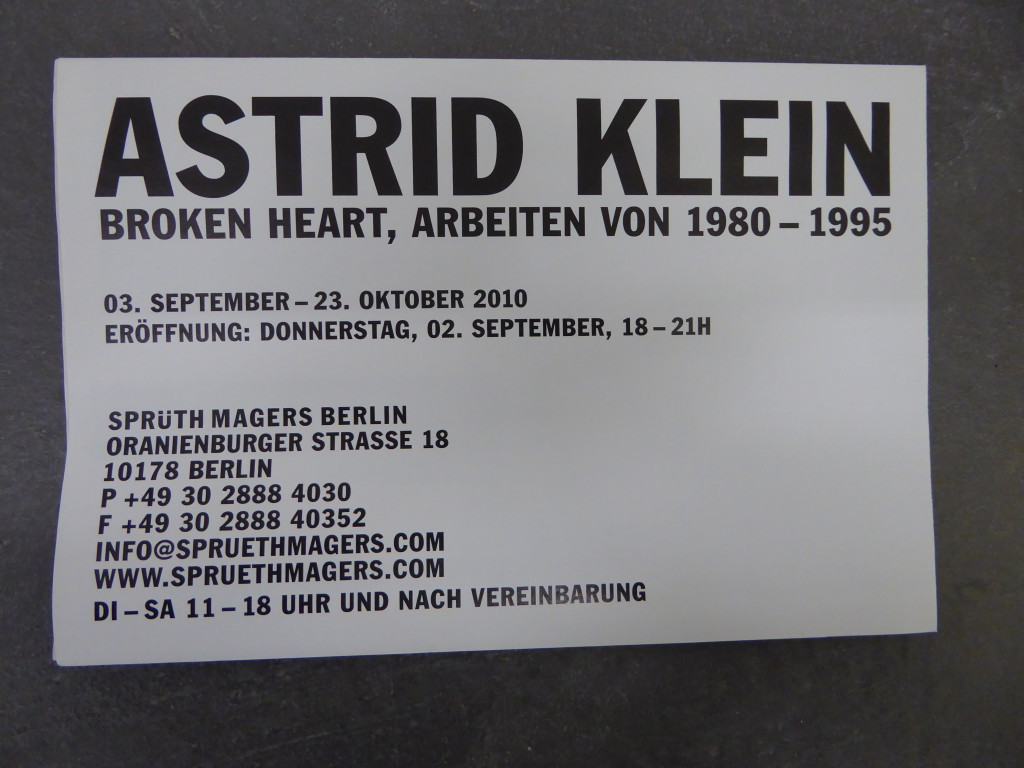
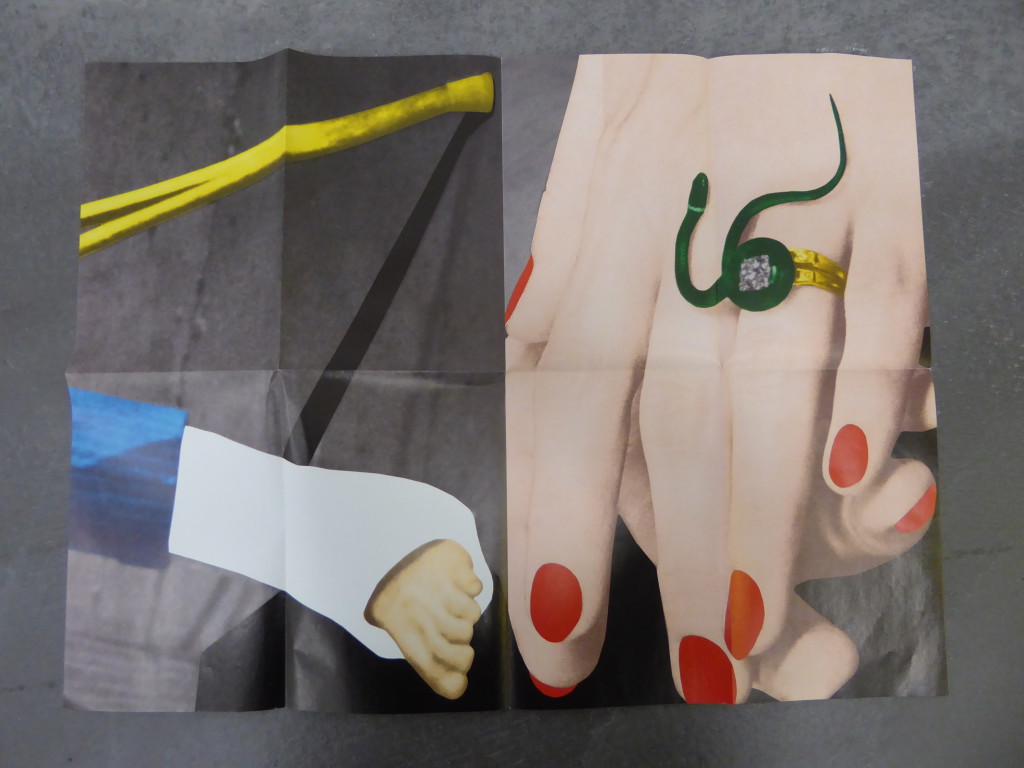
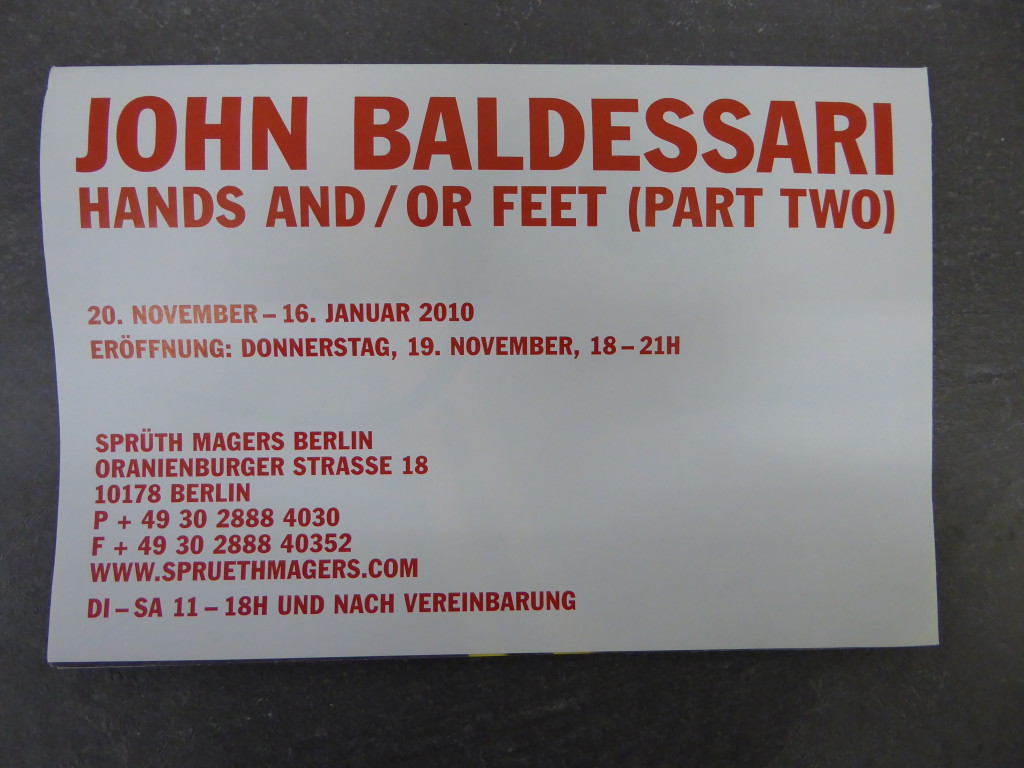
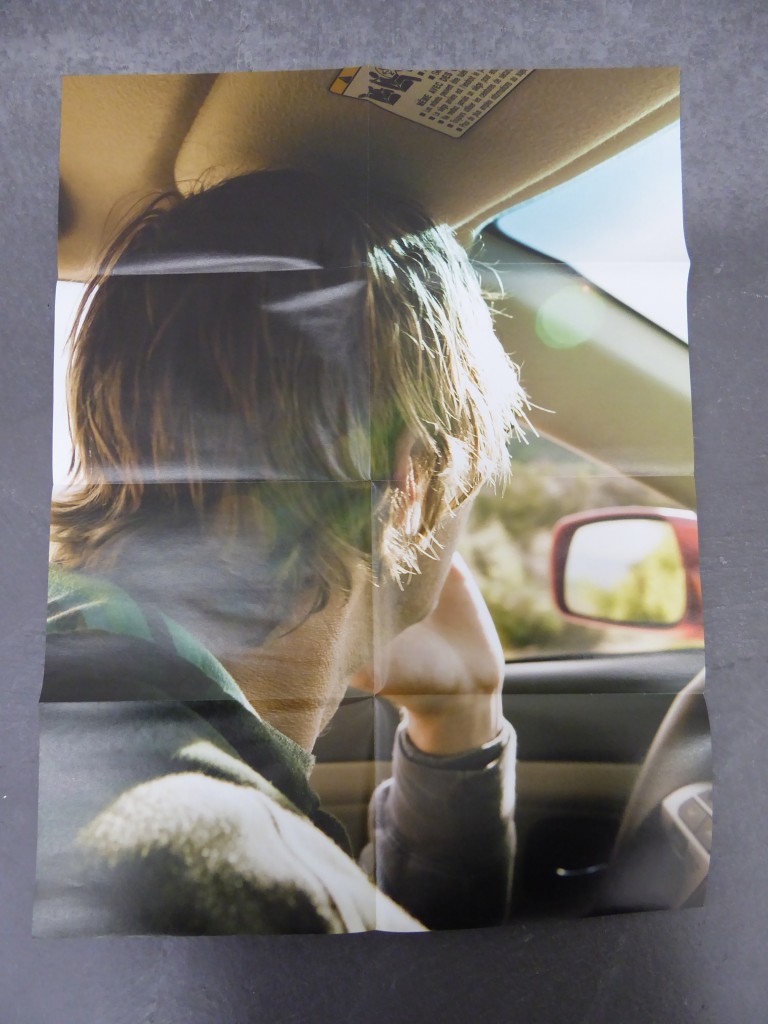
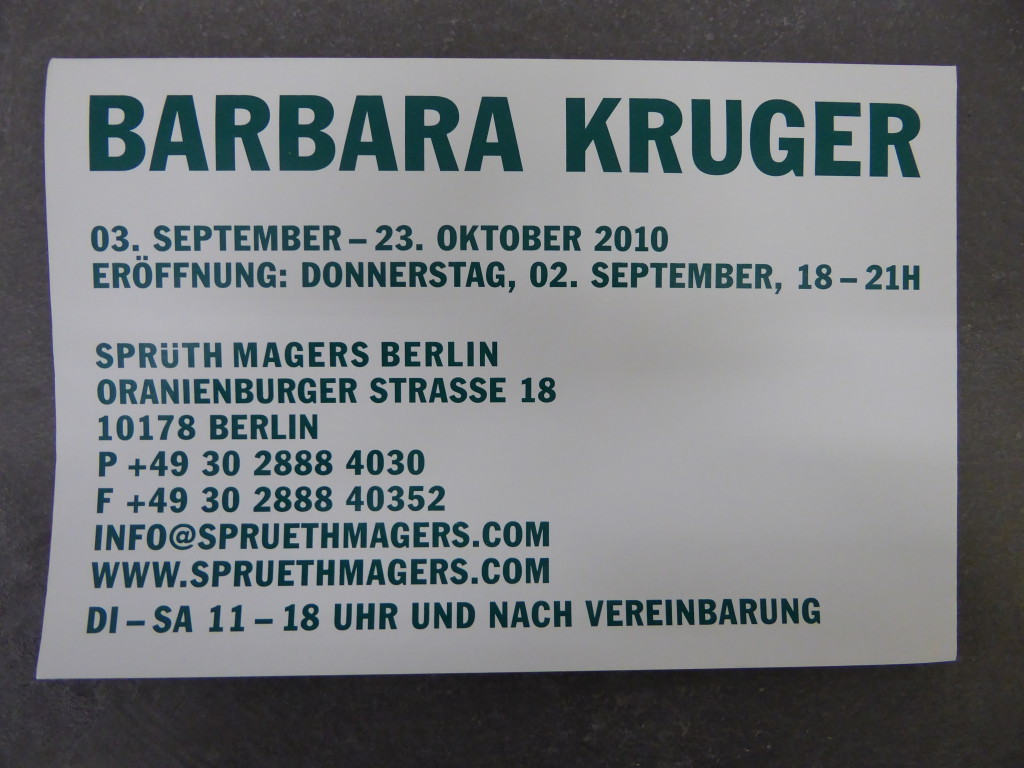
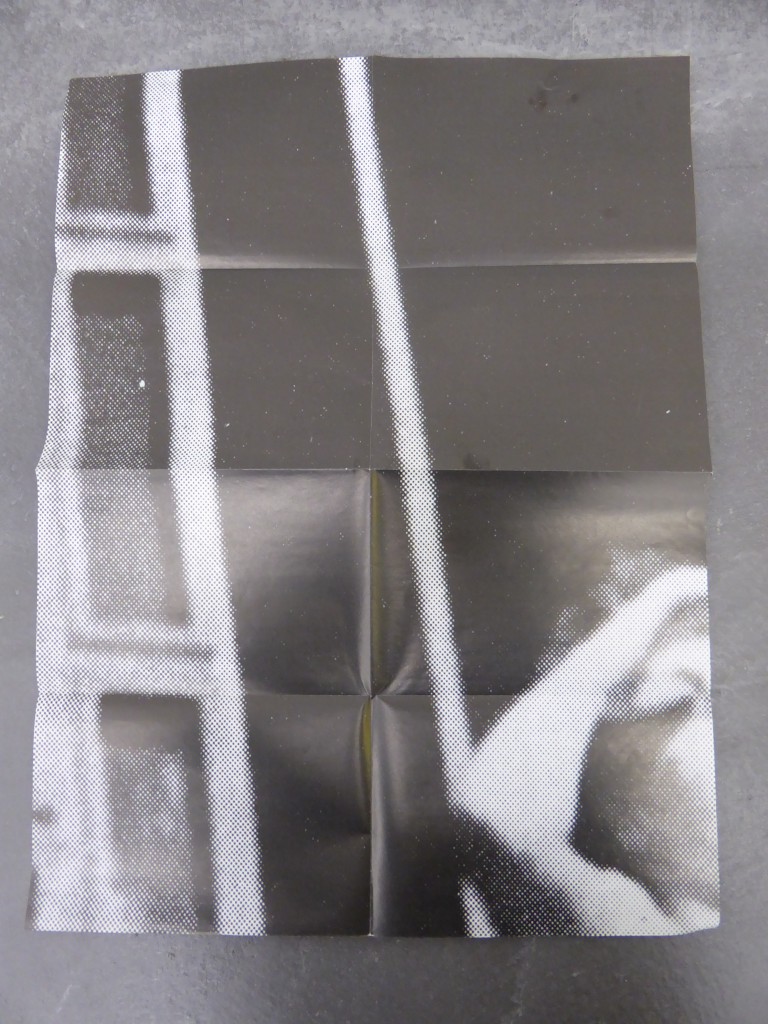
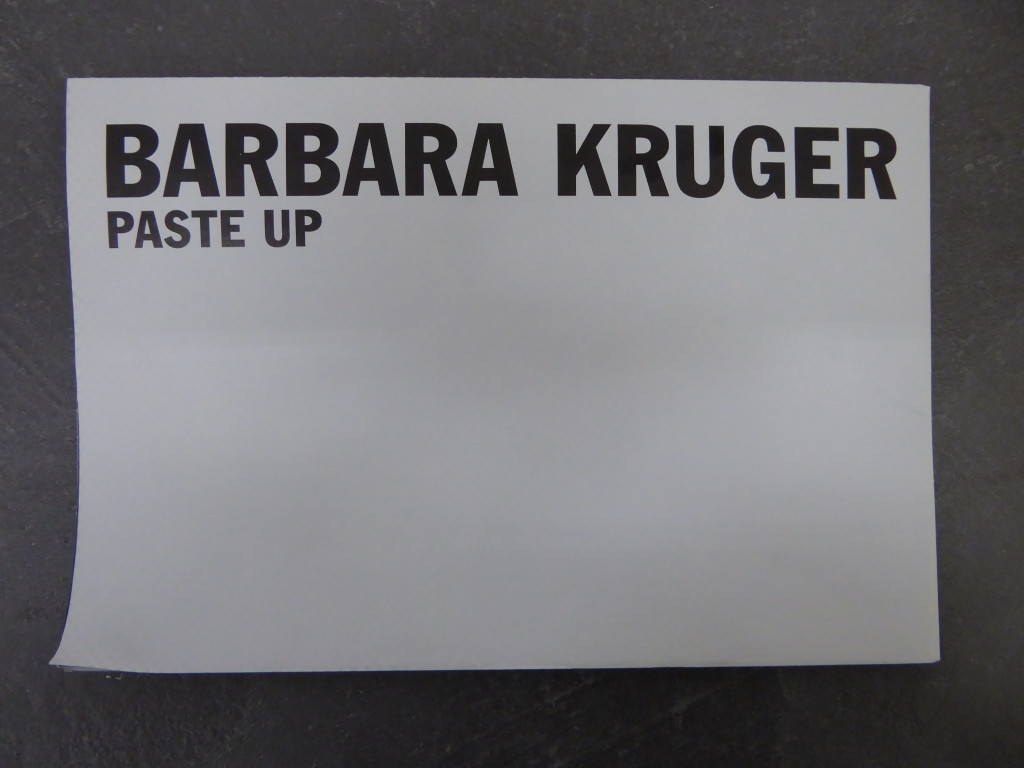
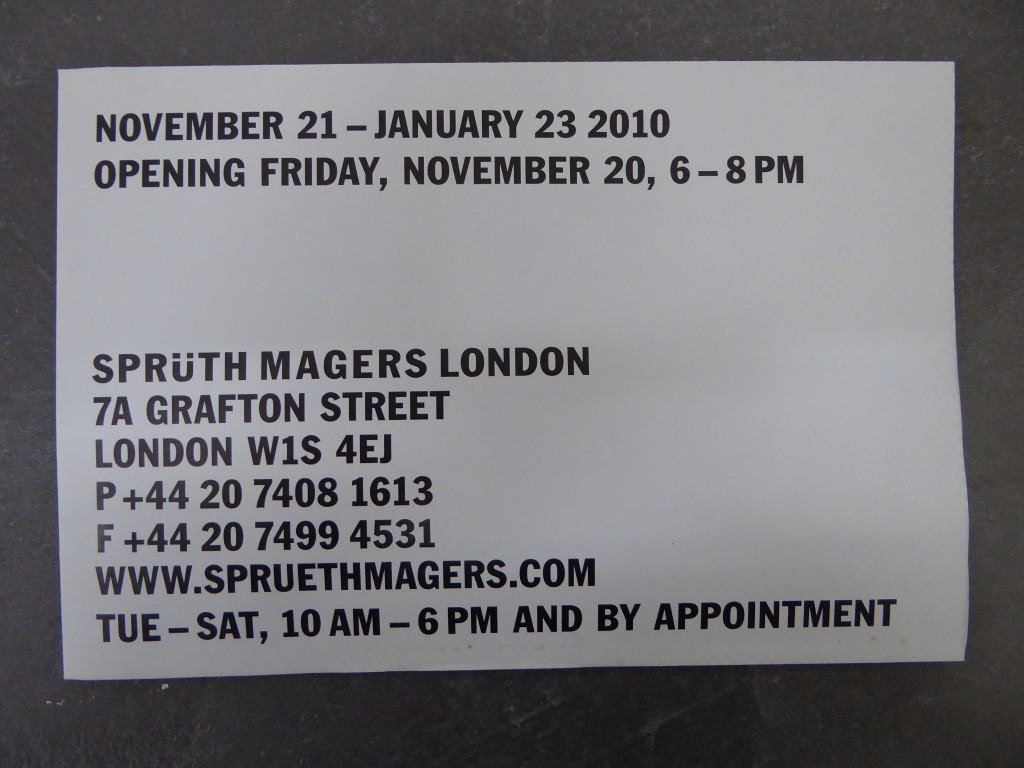
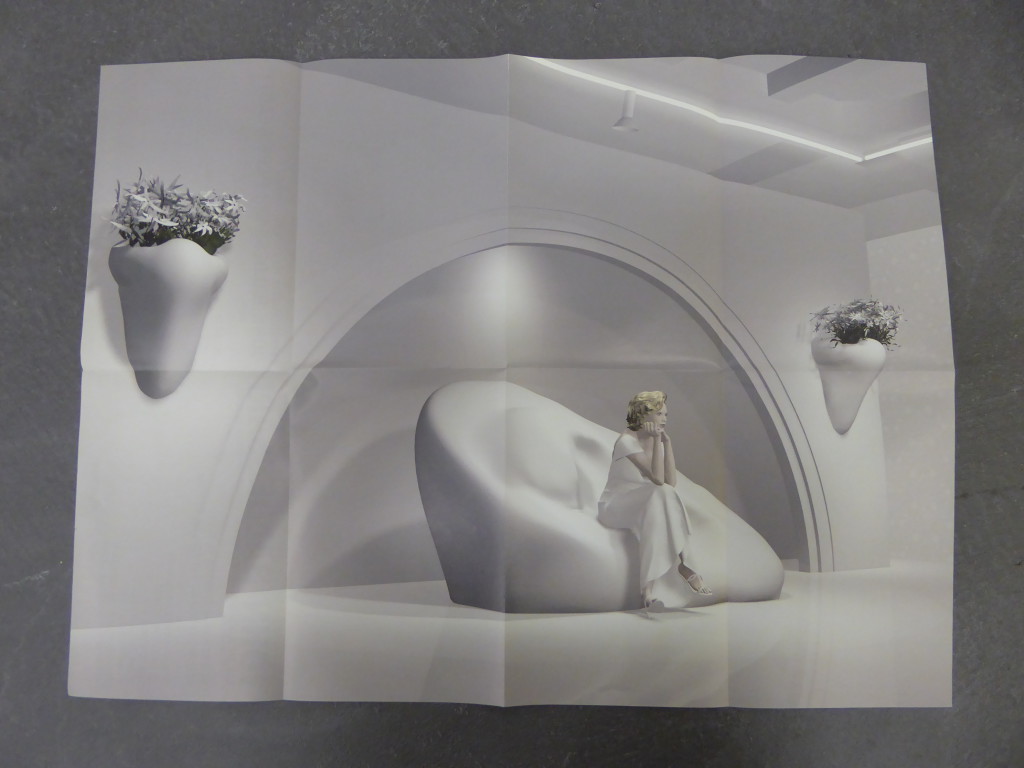
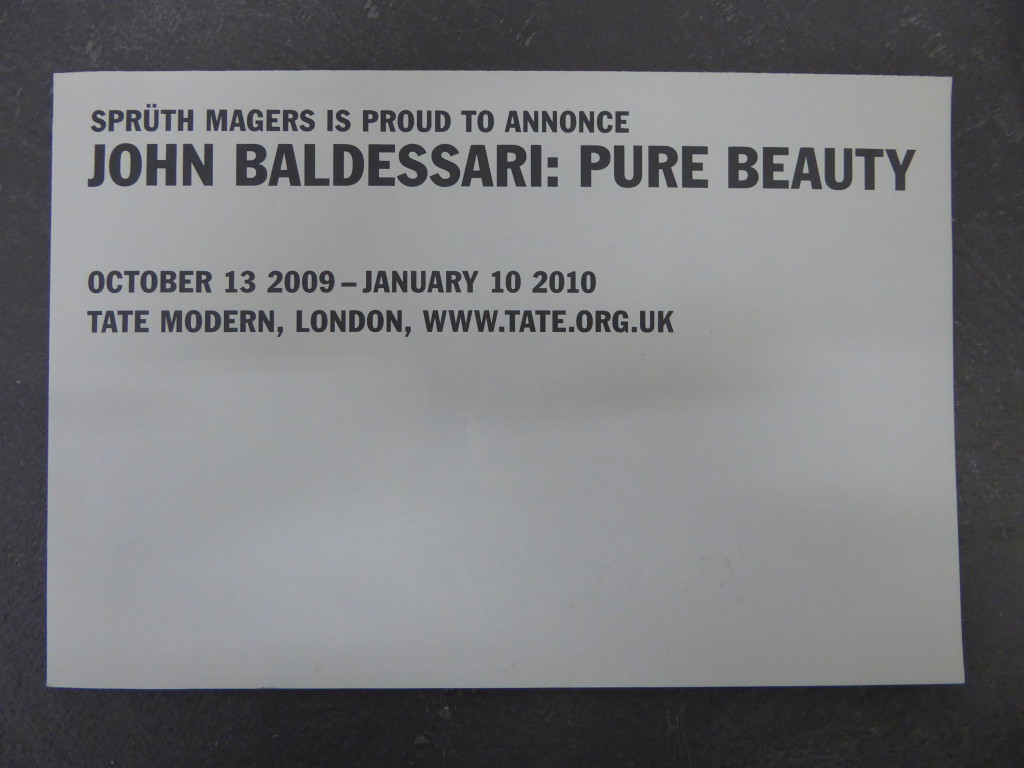
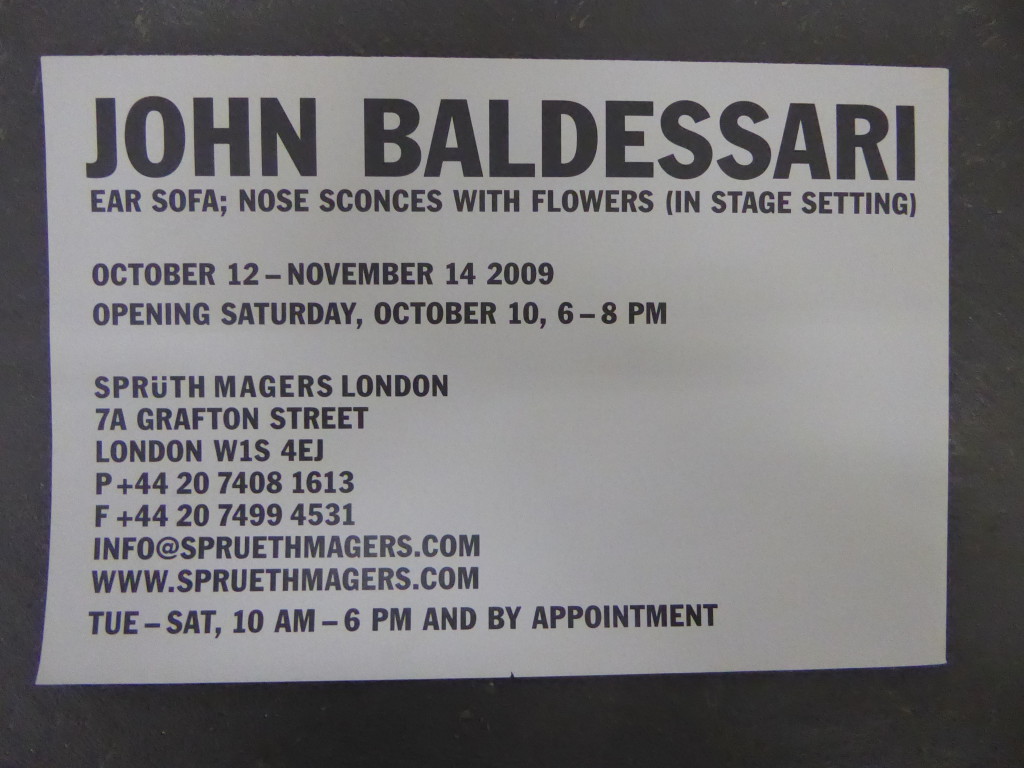
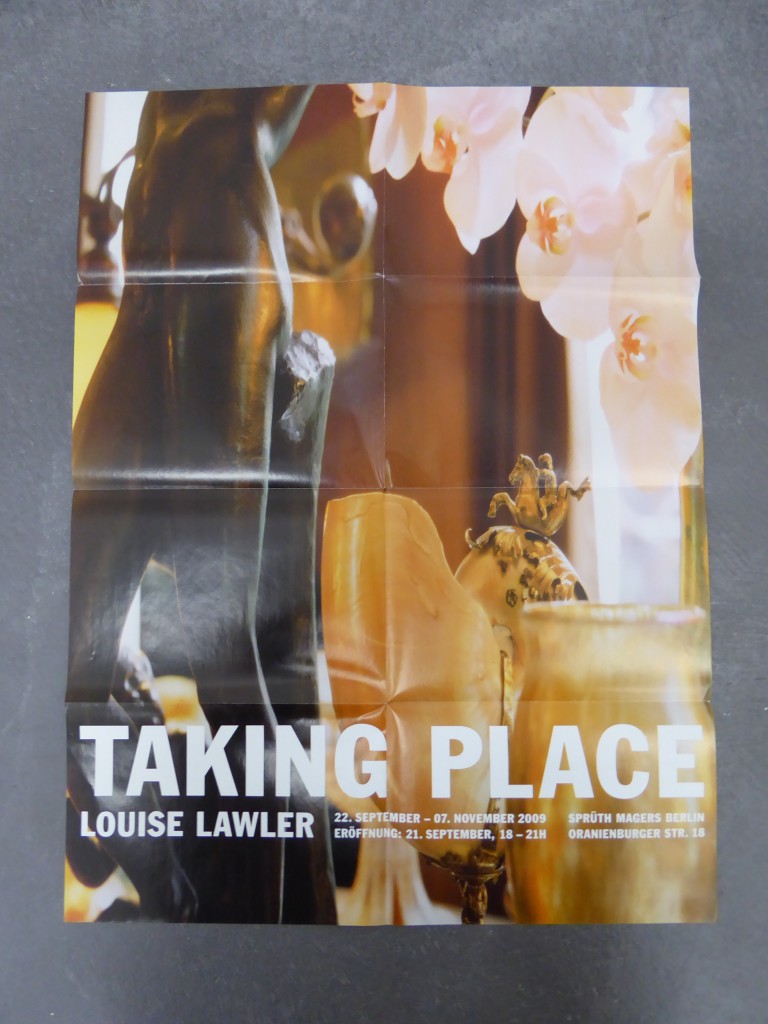
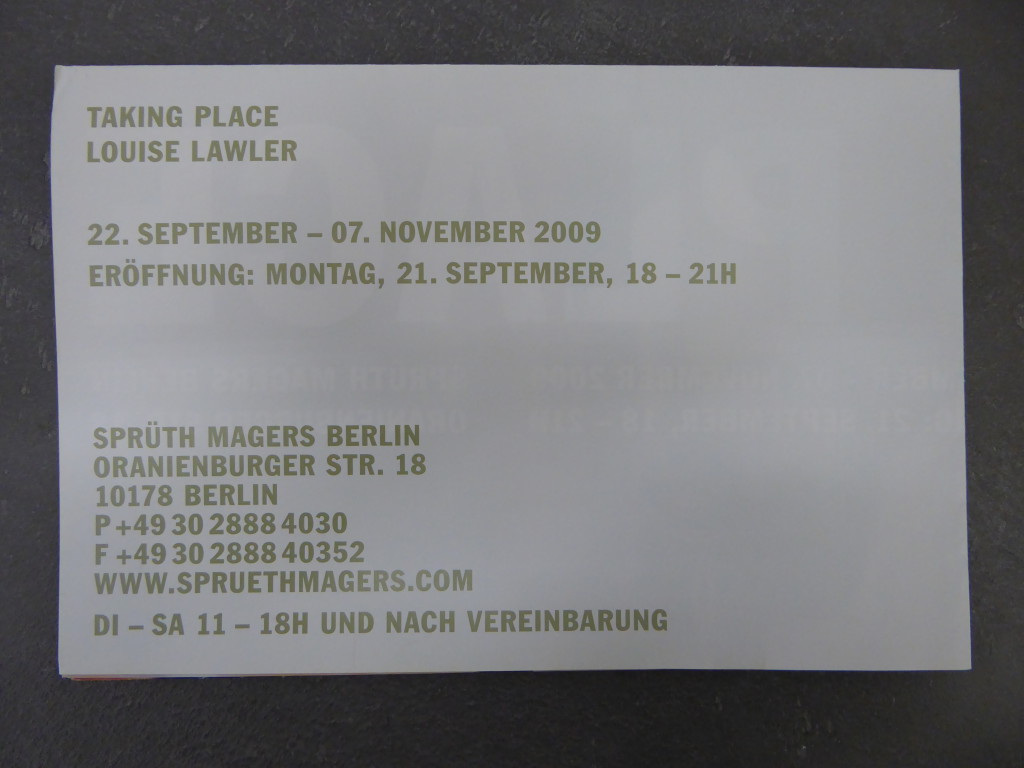
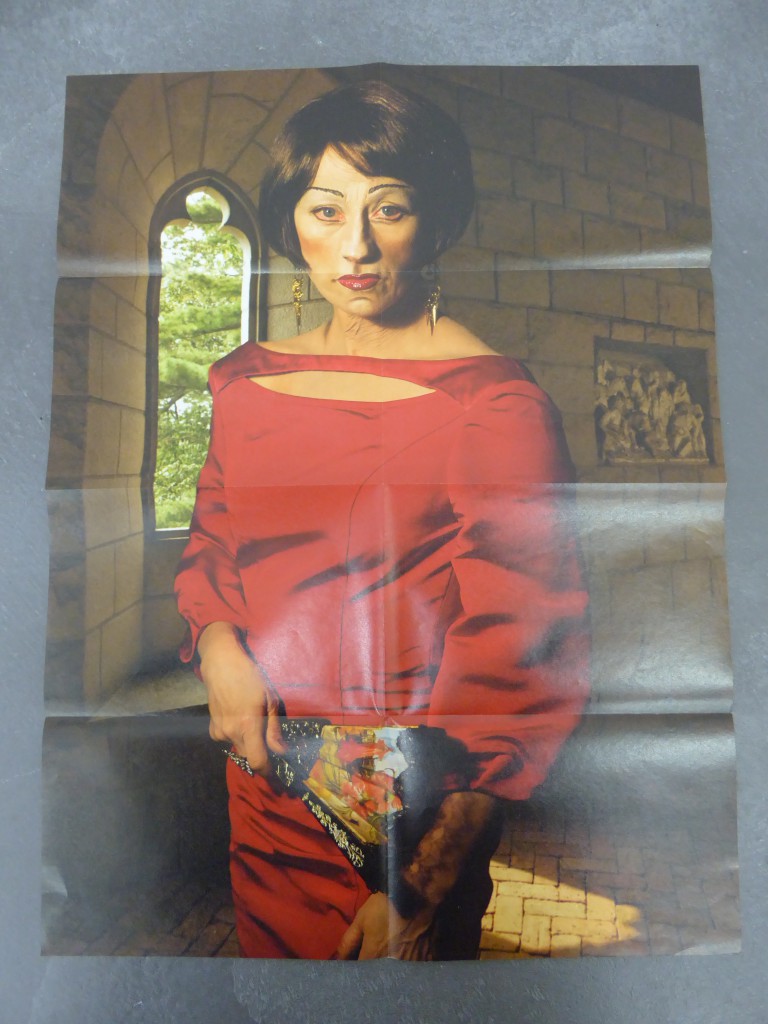
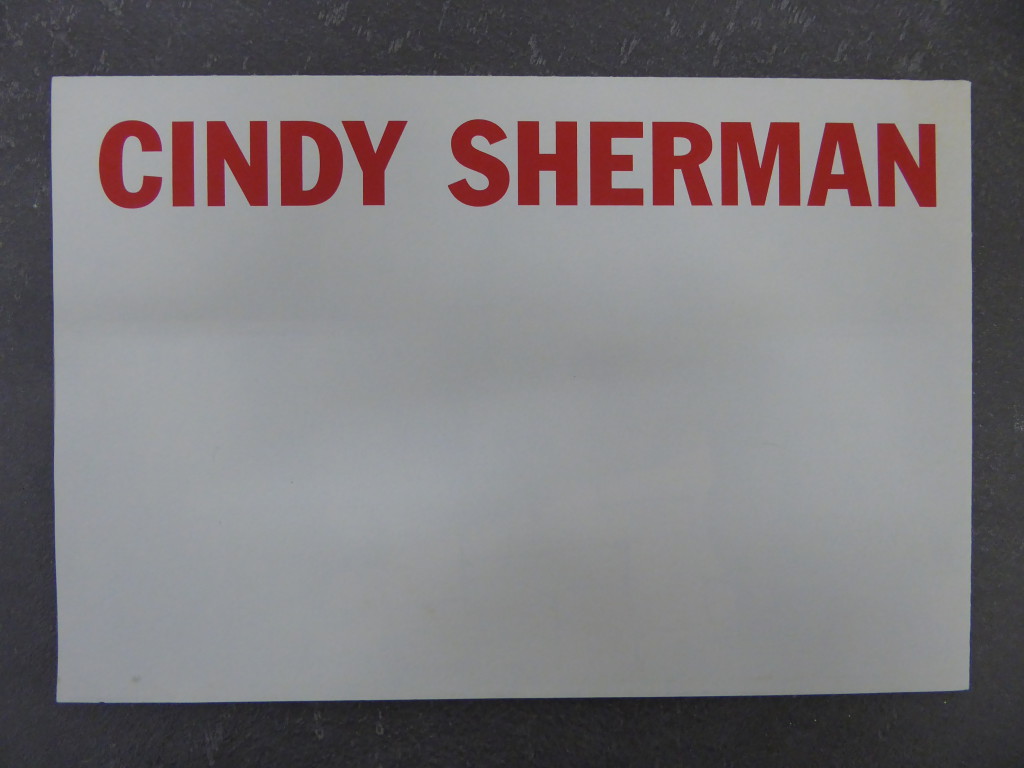
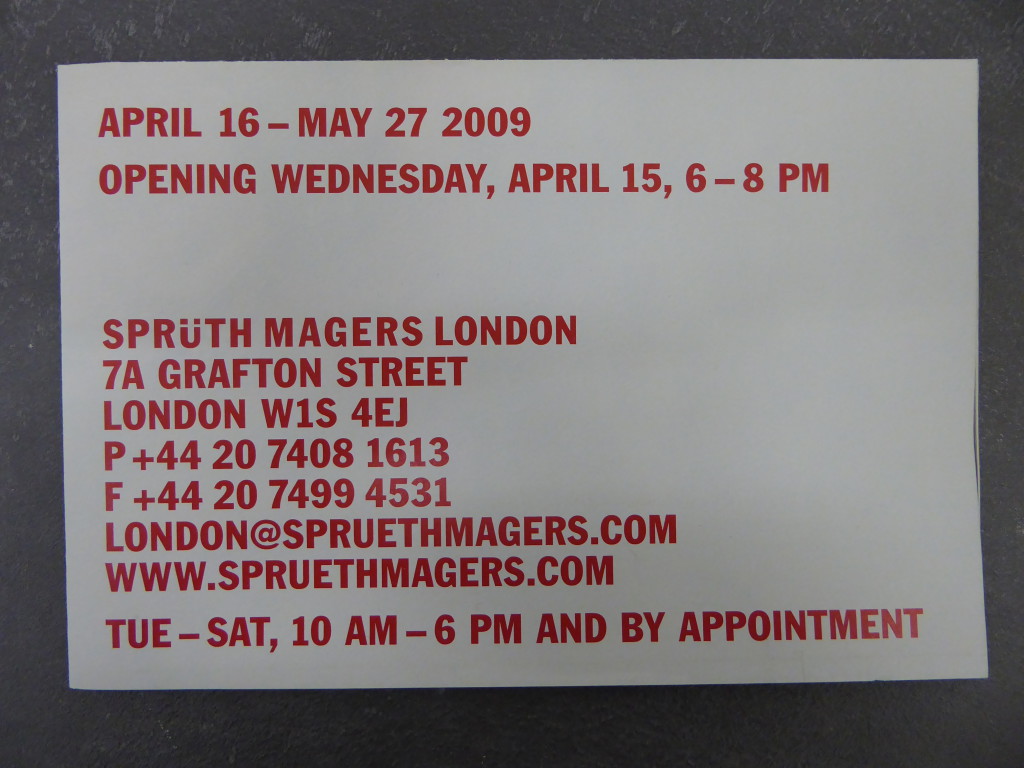
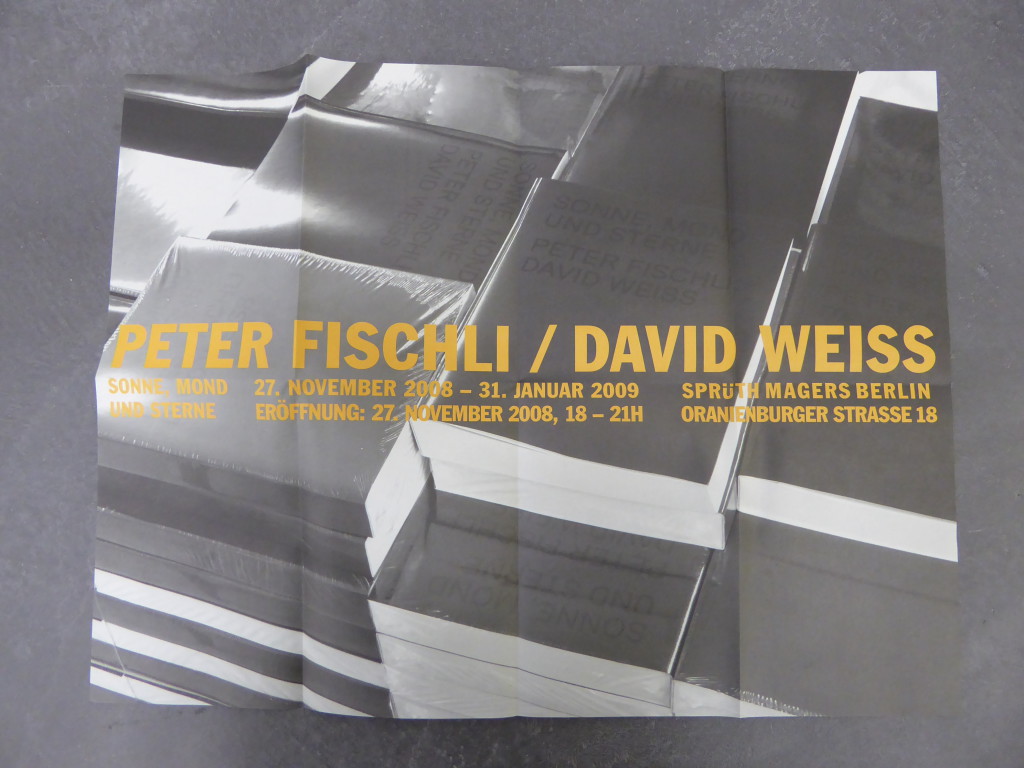
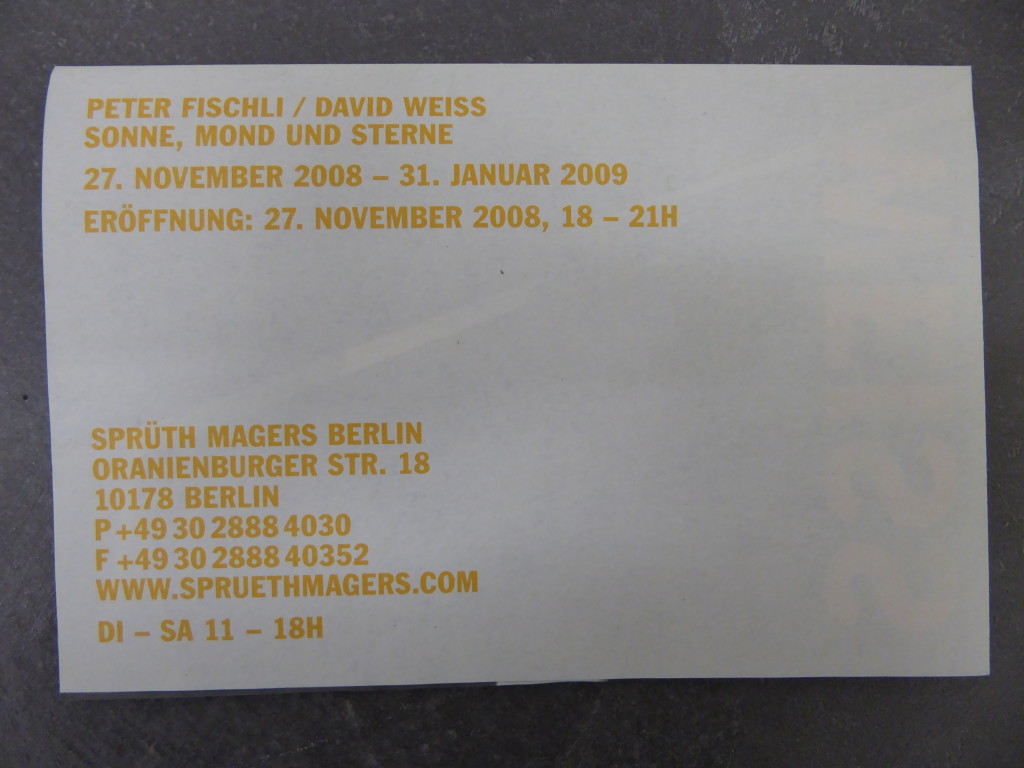
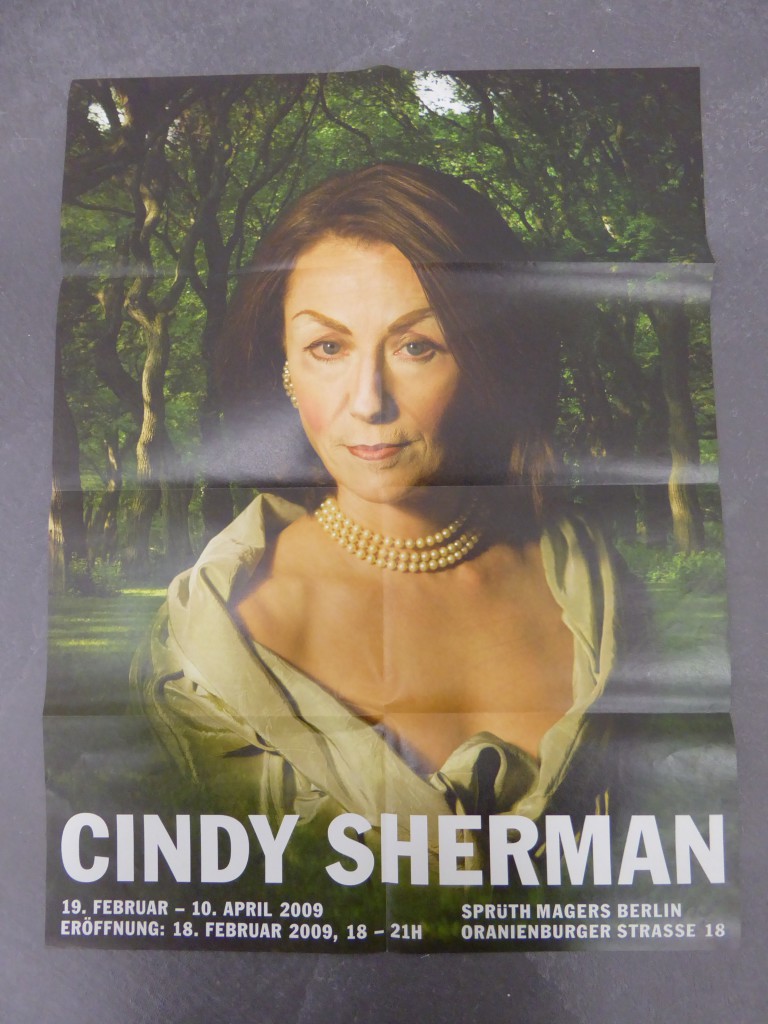
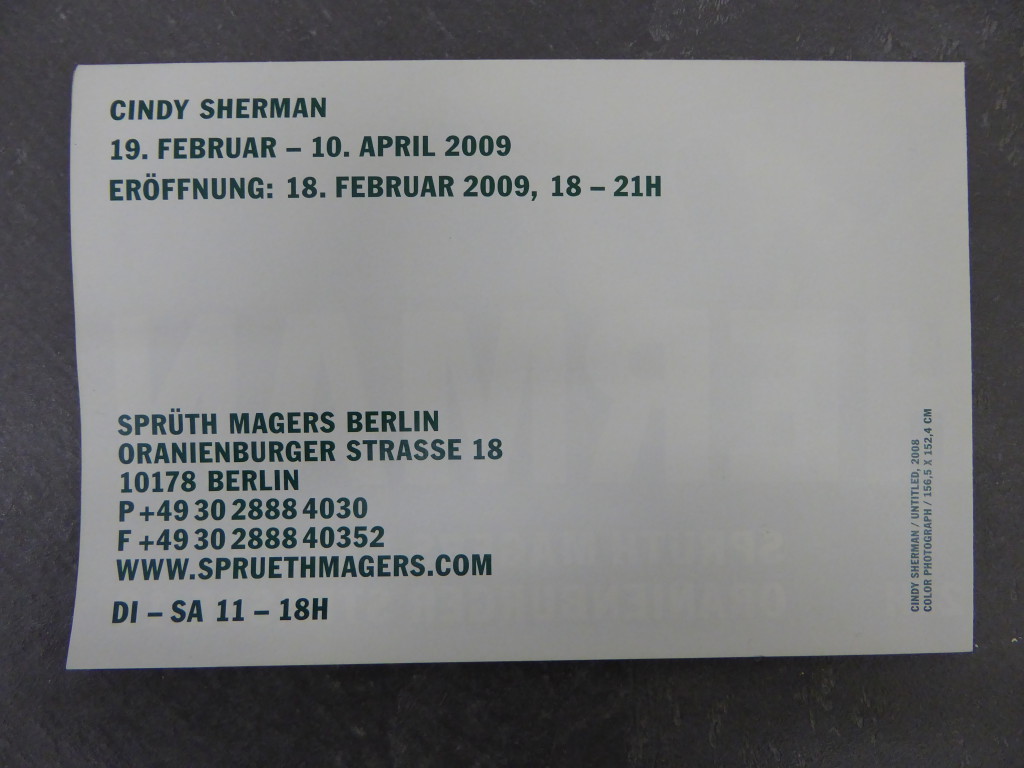
Invitation cards/posters by Sprüth Magers.
The gallery emerged amid an extraordinary outburst in contemporary art that took place in Cologne in the early 1980s. Its first iteration as Monika Sprüth Gallery opened in 1983 with an exhibition of paintings by Andreas Schulze and was soon followed by exhibitions of Rosemarie Trockel and Peter Fischli David Weiss. Over the next few years, George Condo, Jenny Holzer, Barbara Kruger, Louise Lawler and Cindy Sherman all showed at the gallery and have continued to do so for the last thirty years. In 1991, a second gallery opened in Cologne under the name of Philomene Magers. Early exhibitions included Ad Reinhardt’s Black Paintings, Robert Morris’s felt pieces and John Baldessari’s photographs and text paintings from the 1960s. The two galleries merged into a single entity in 1998, and in 2000, a Munich space opened with Ed Ruscha’s exhibition Gunpowder and Stains.
In 2003, Sprüth Magers Lee opened in London with an exhibition of works by Donald Judd. In 2007, Sprüth Magers relocated to Grafton Street, Mayfair, inaugurating the space with a show of new photographs by Andreas Gursky. In 2008, the gallery established its flagship space in a former dancehall in Berlin Mitte, not far from the city’s Museum Island, debuting with Thomas Scheibitz and George Condo. The latest chapter in the gallery’s history was the launch of the Los Angeles space in 2016, presenting new works by John Baldessari. Located on Wilshire Boulevard, just across the road from the Los Angeles County Museum of Art, it is housed in a two-story building designed in the late 1960s by renowned West Coast architects William L. Pereira & Associates.” Source
Specific Object Invitation cards
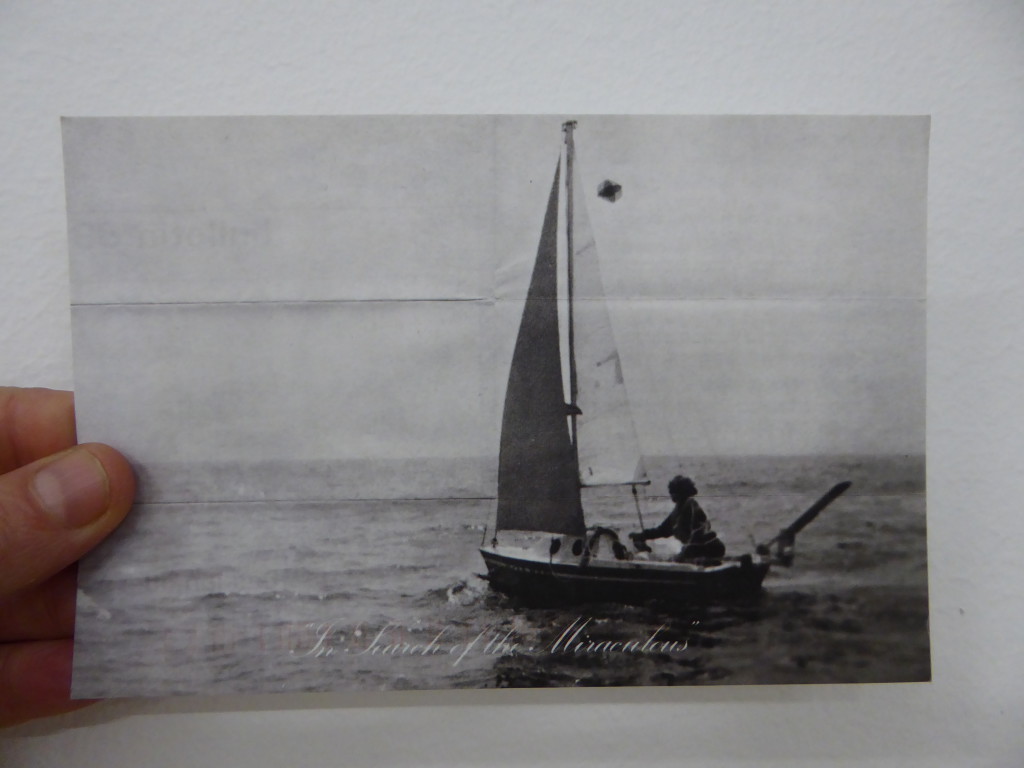
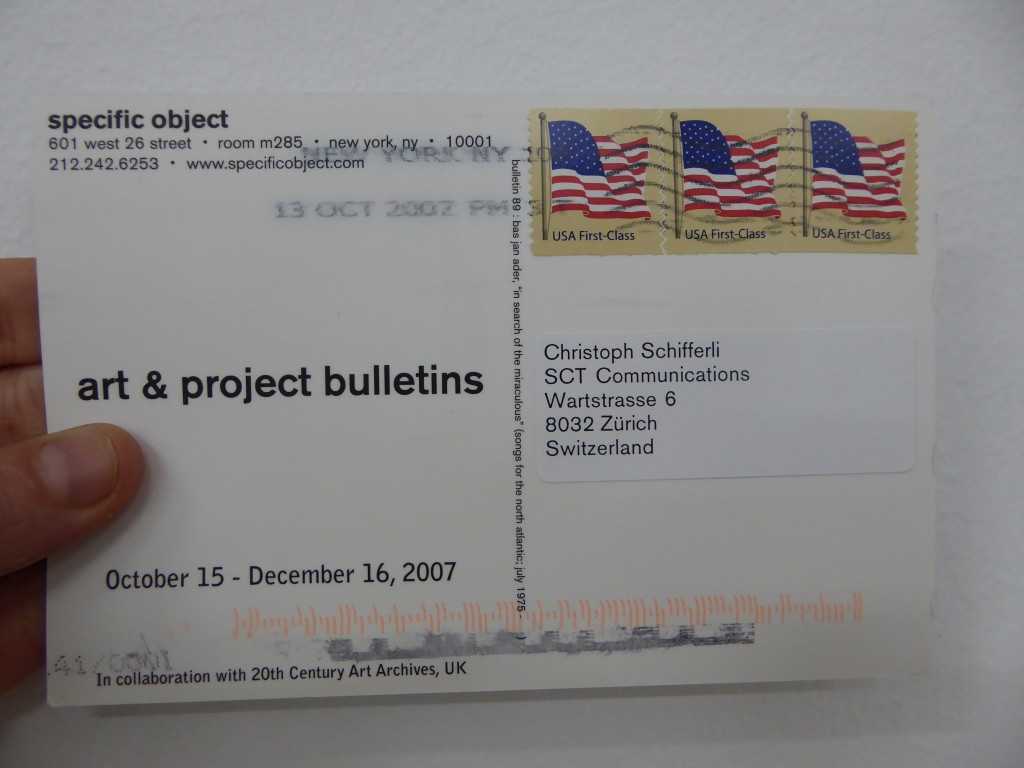
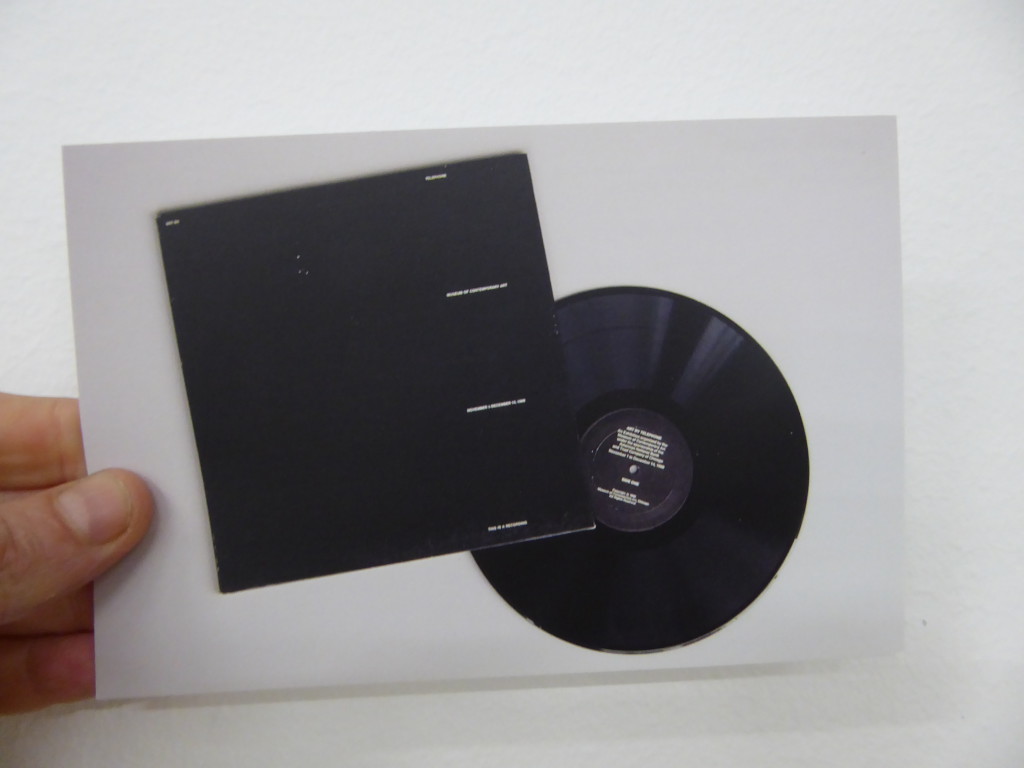
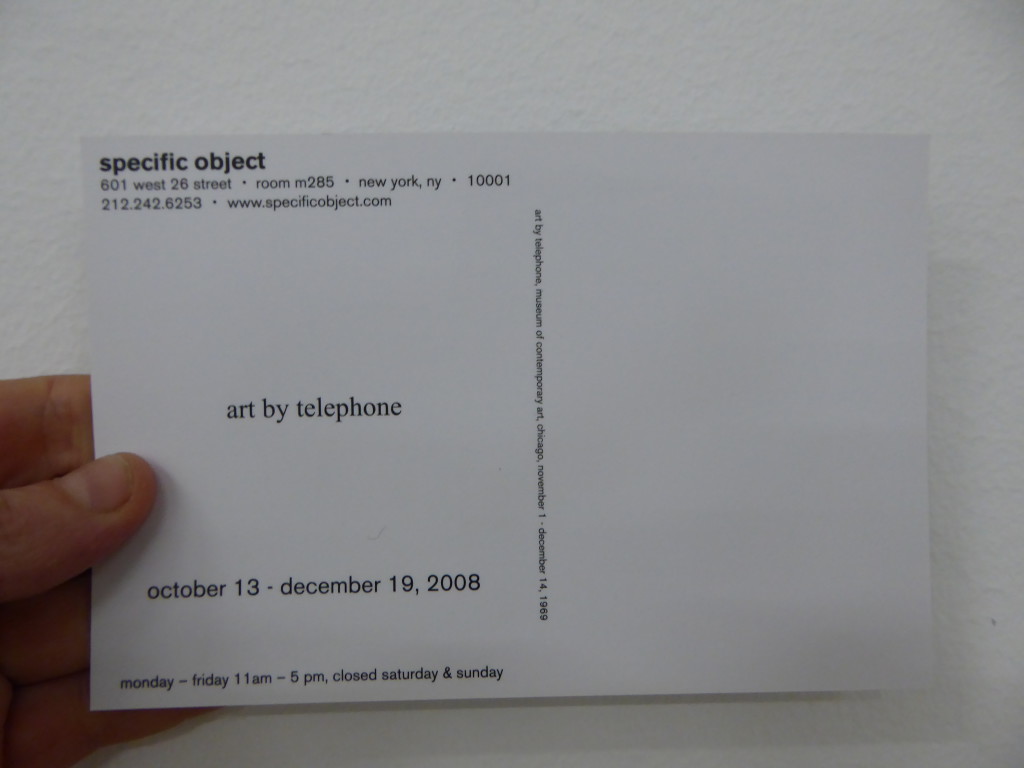
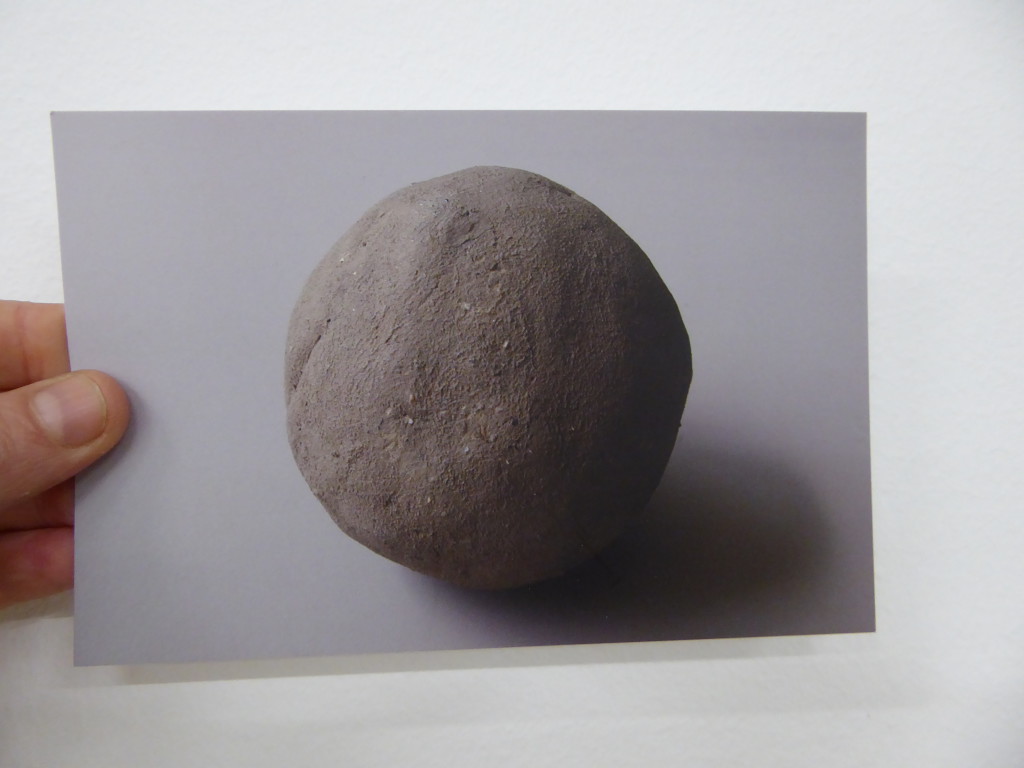
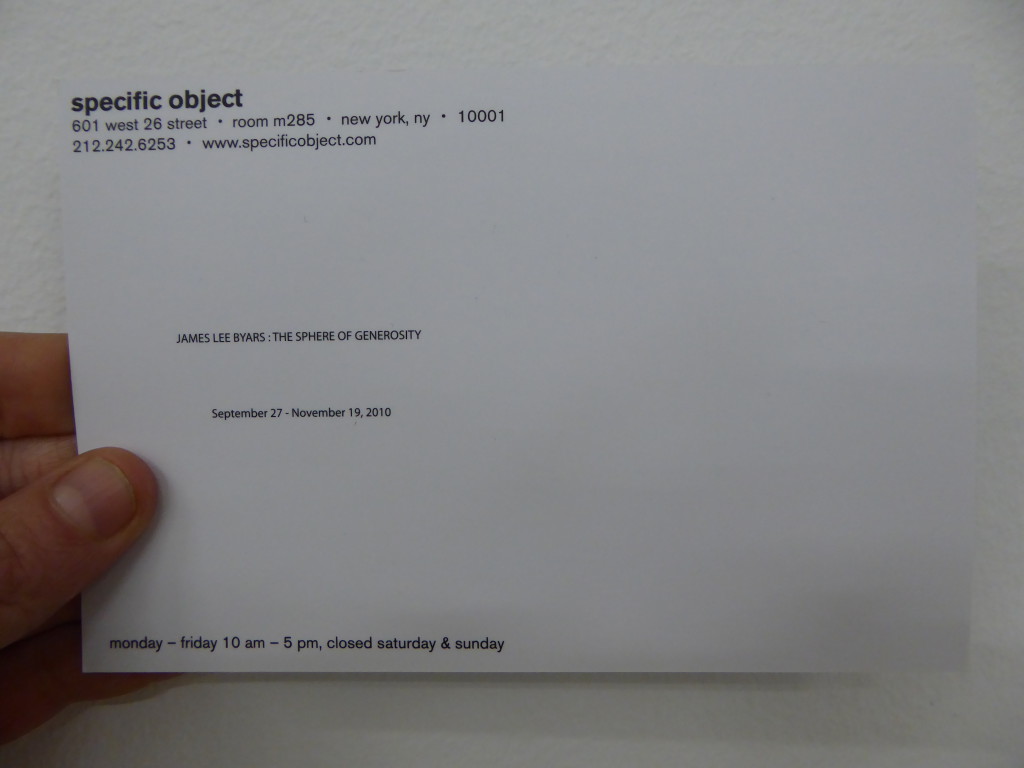
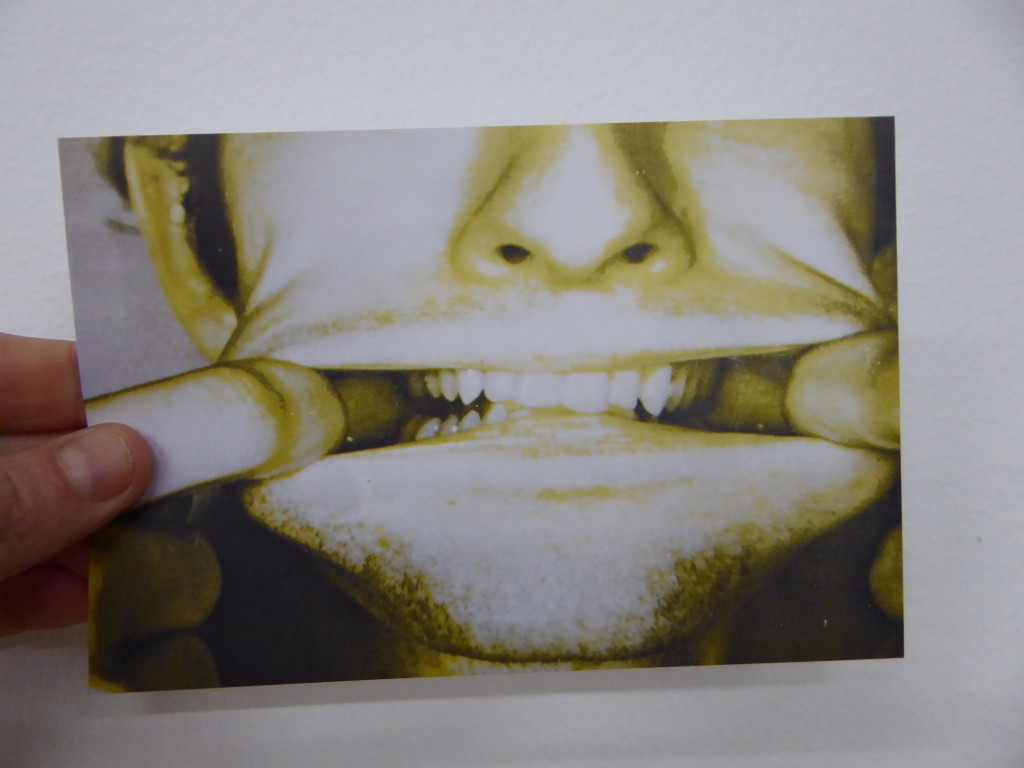
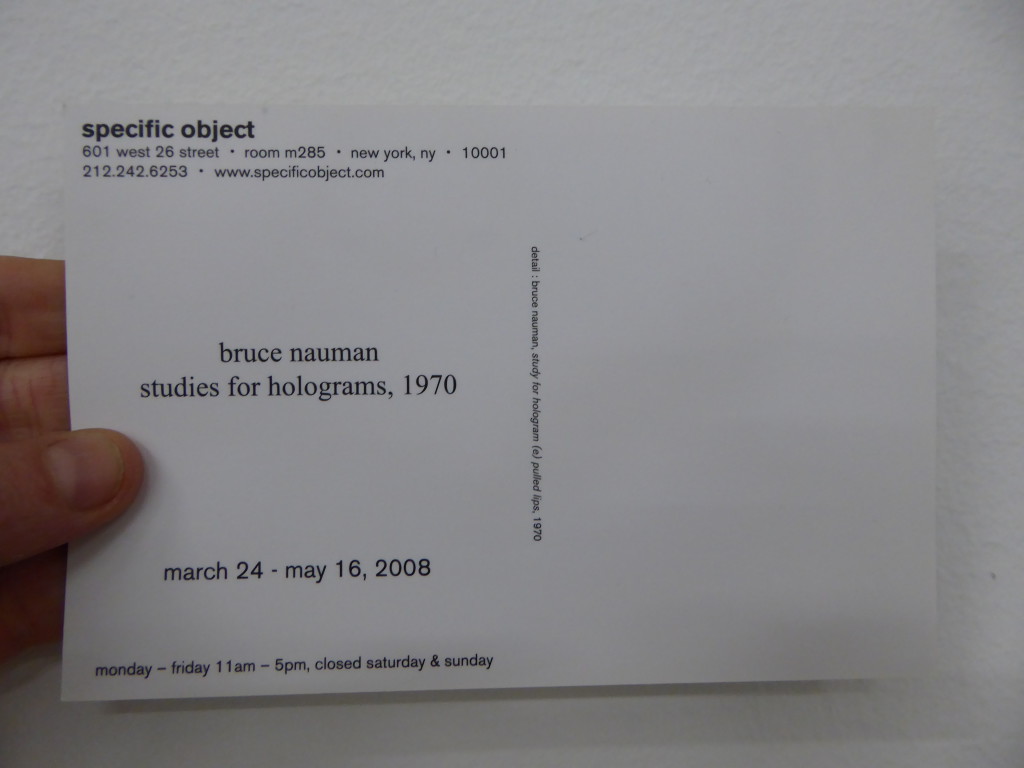
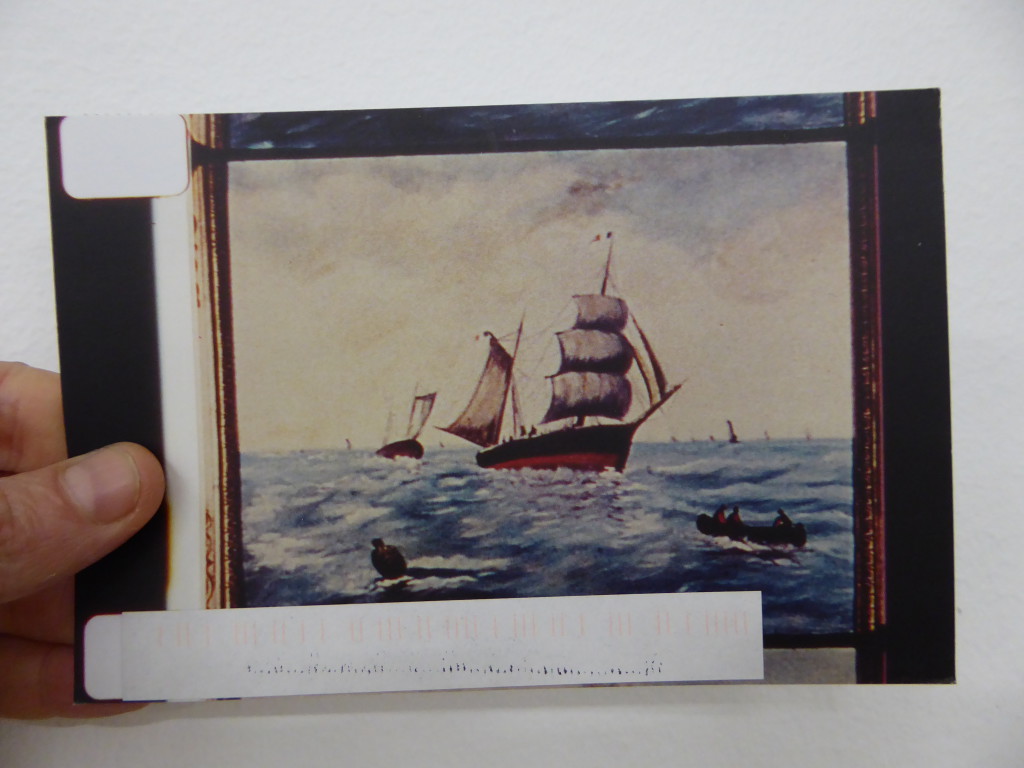
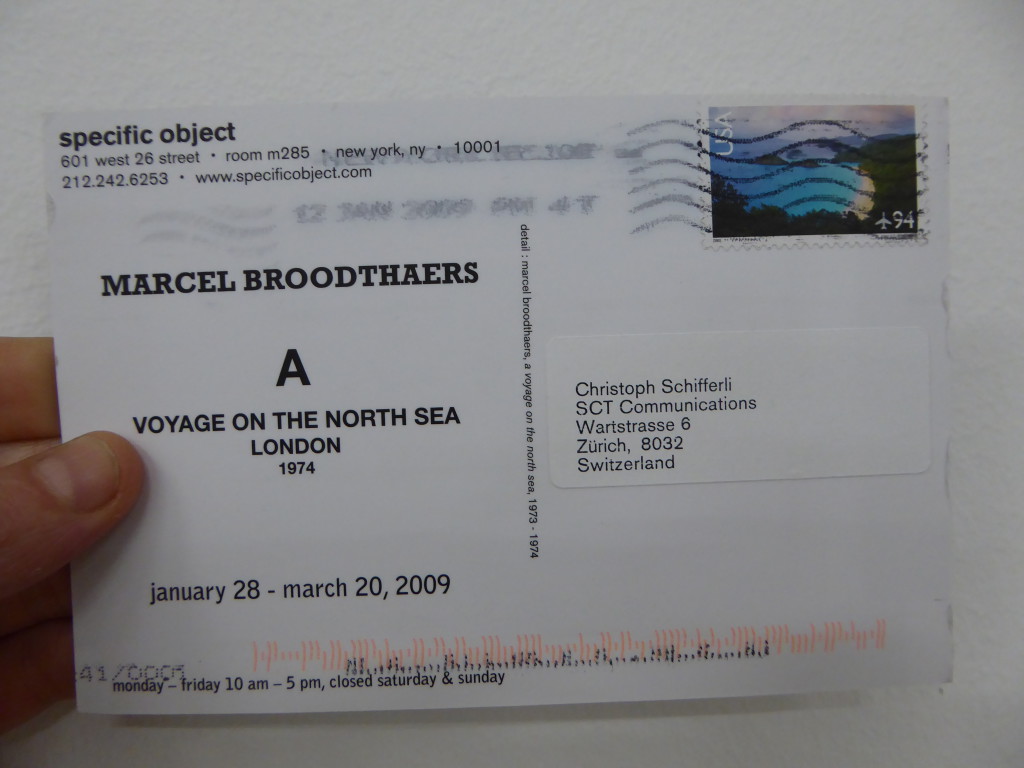
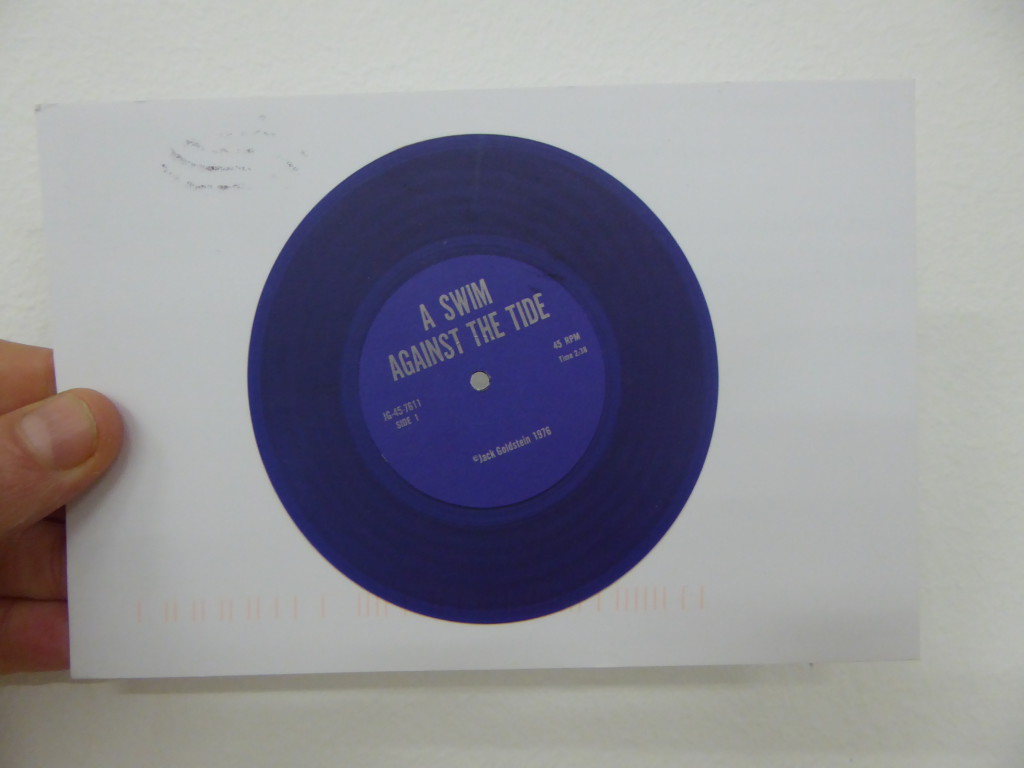
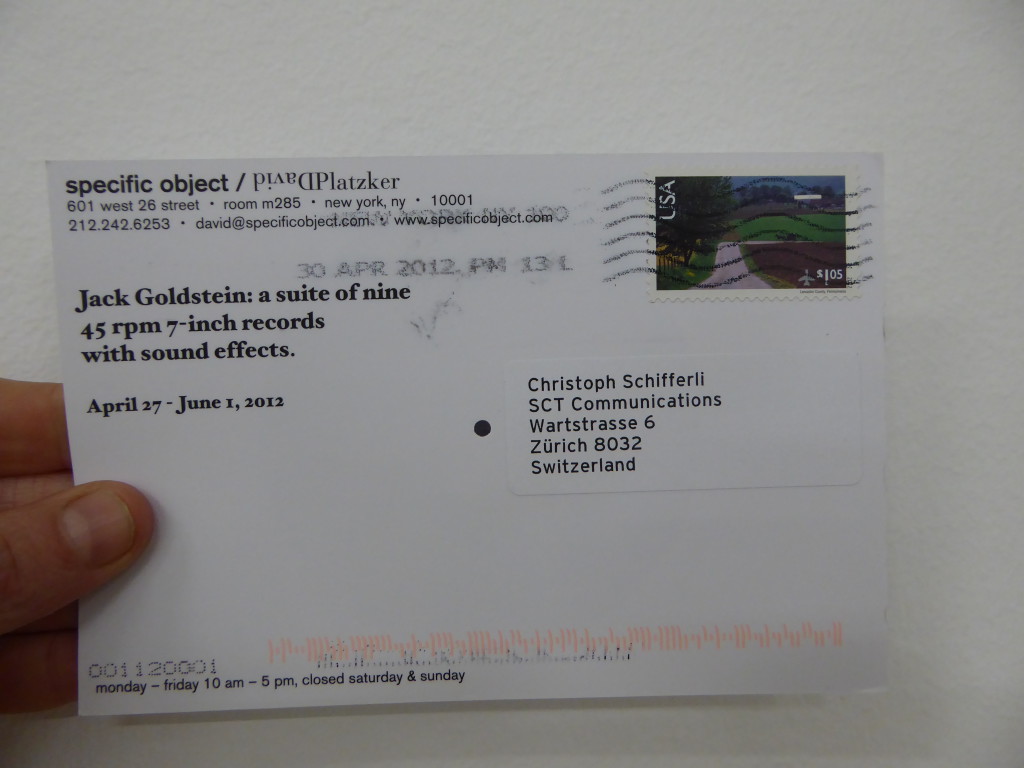
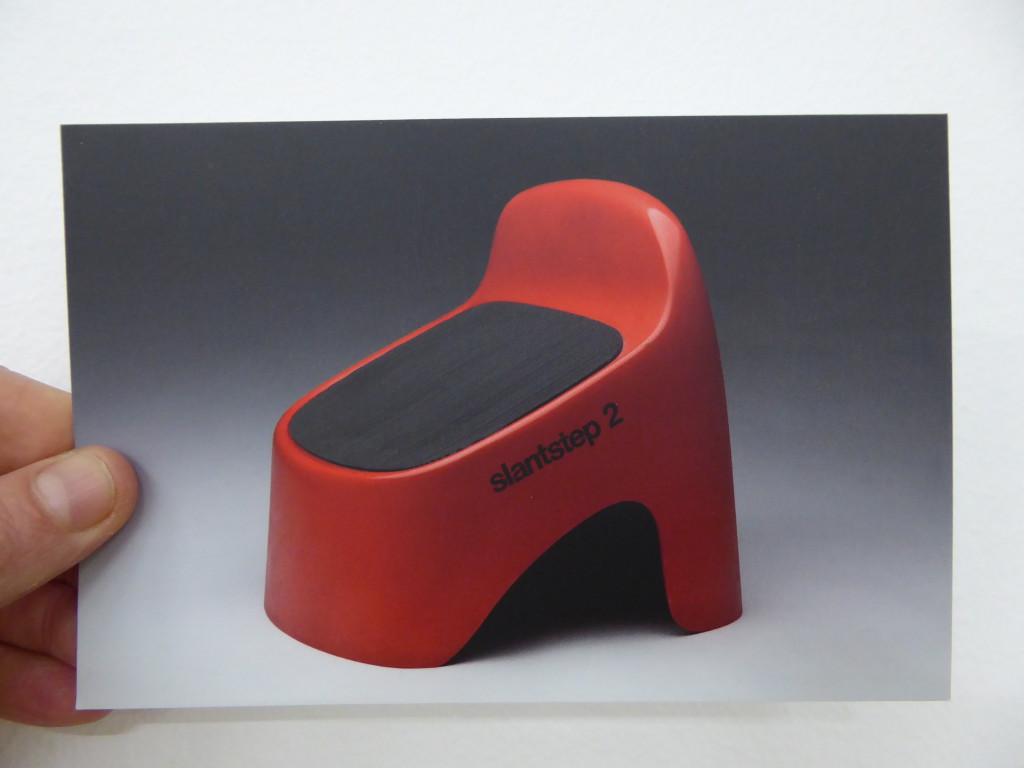
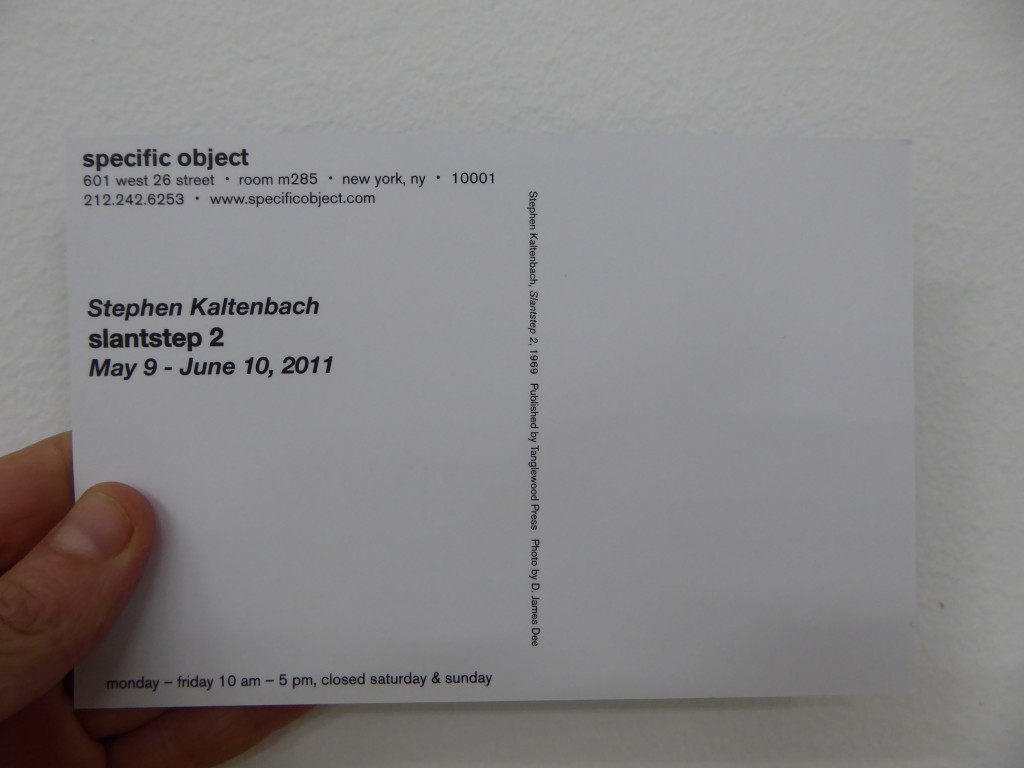
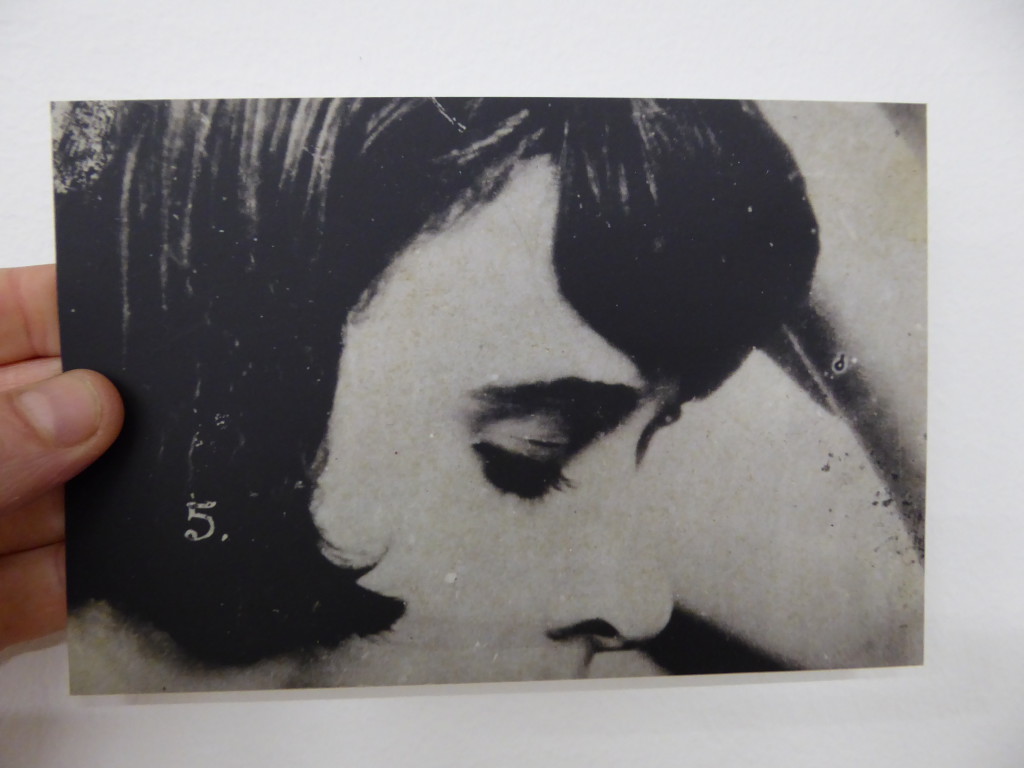
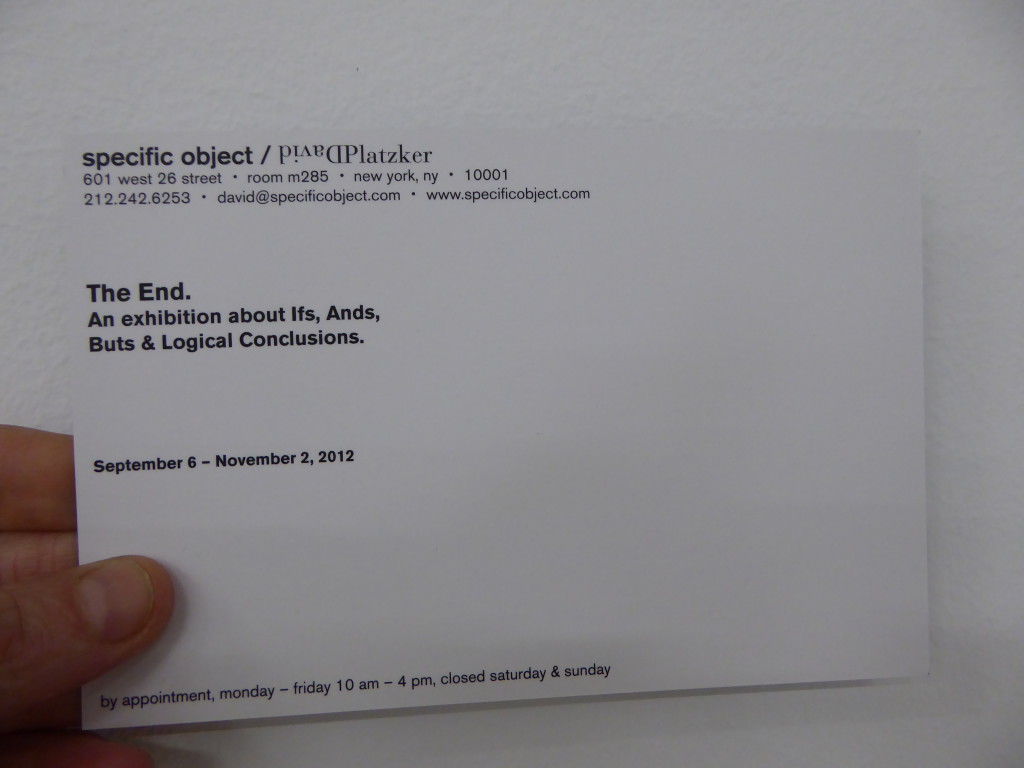
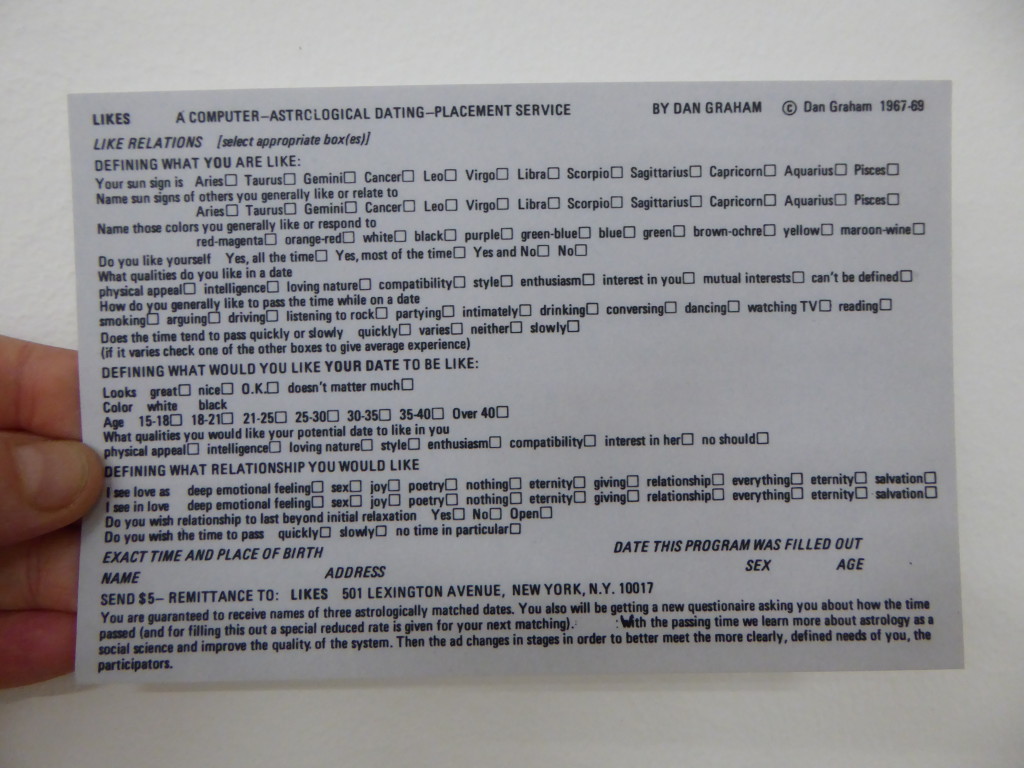
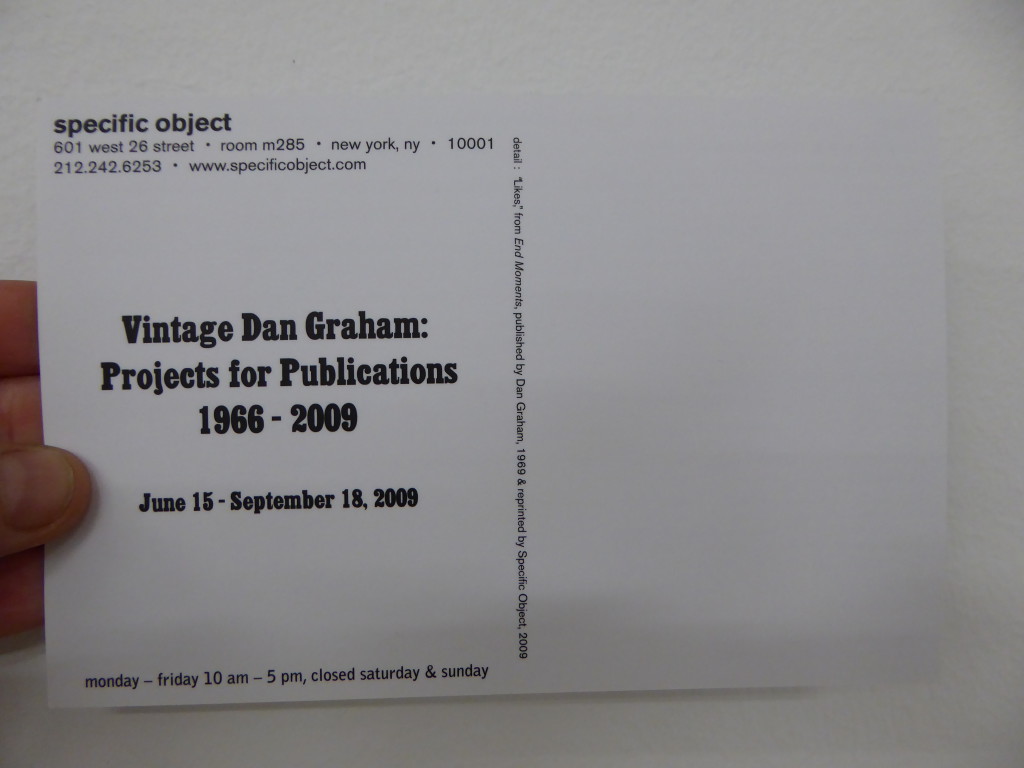
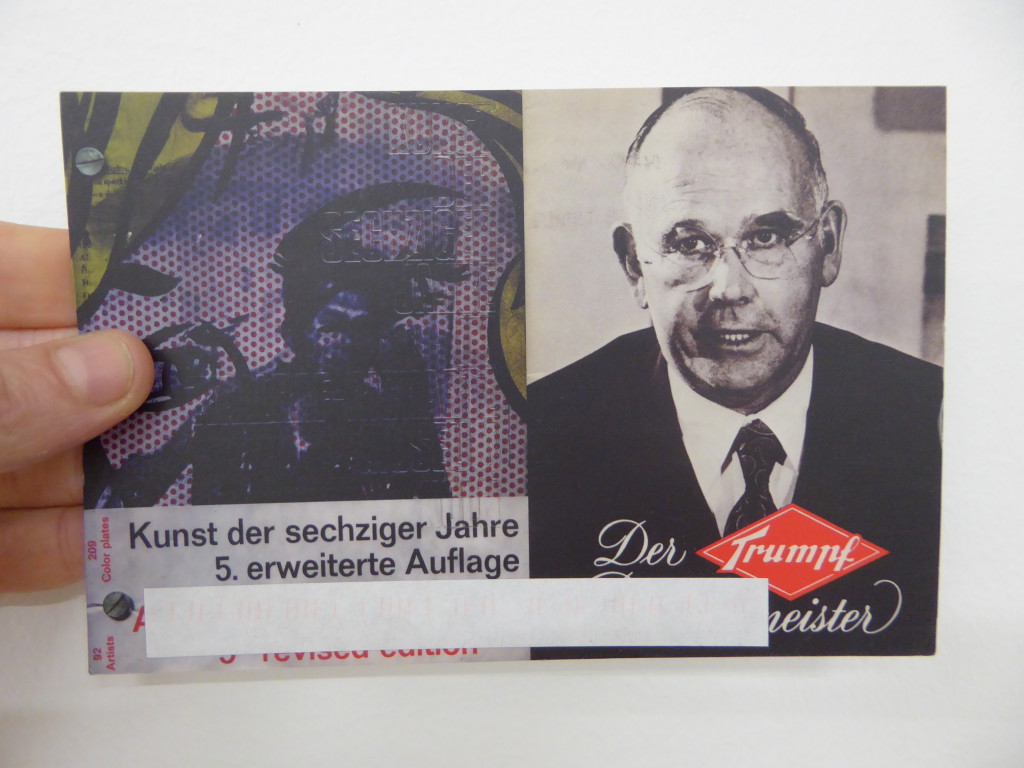
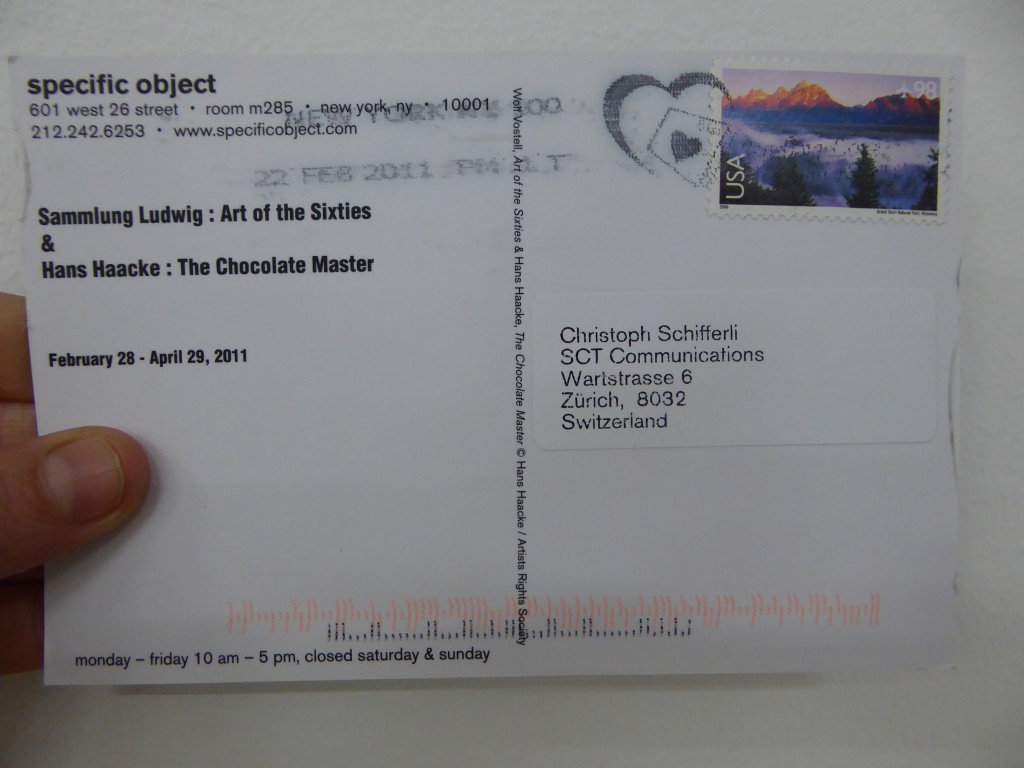
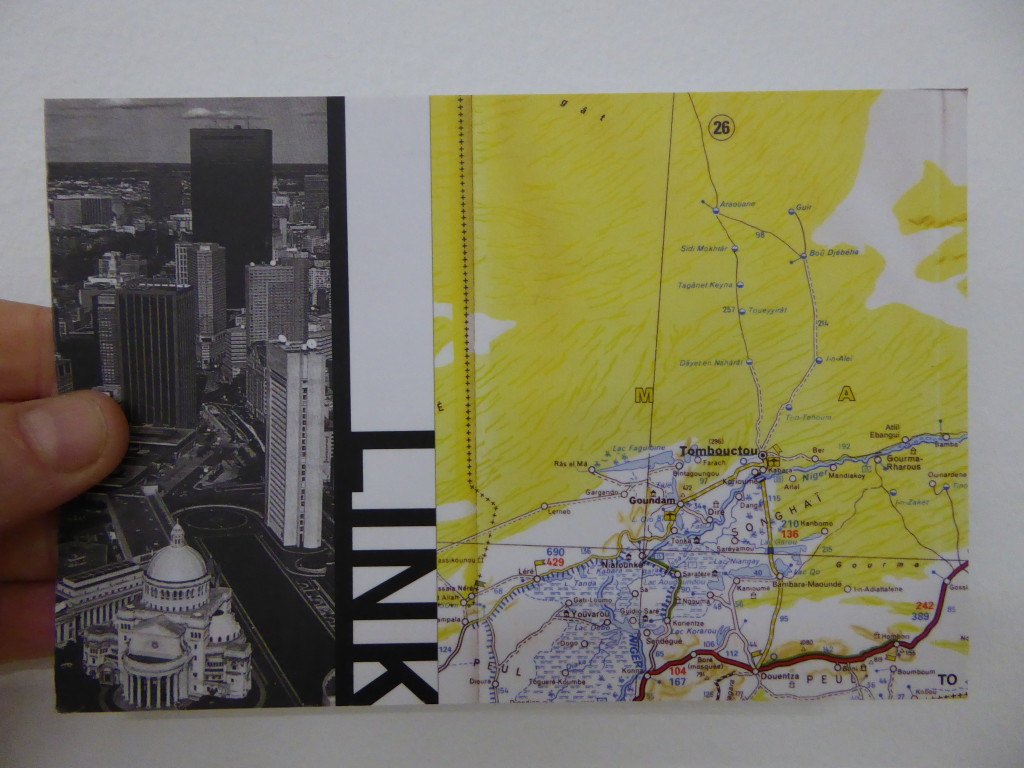
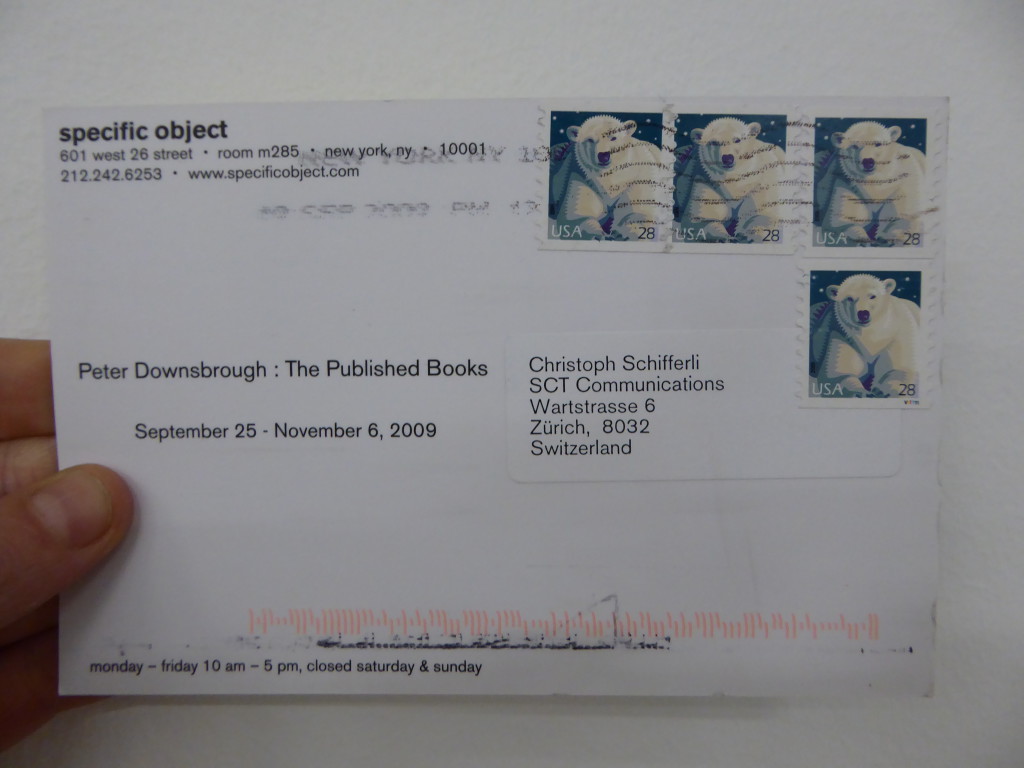
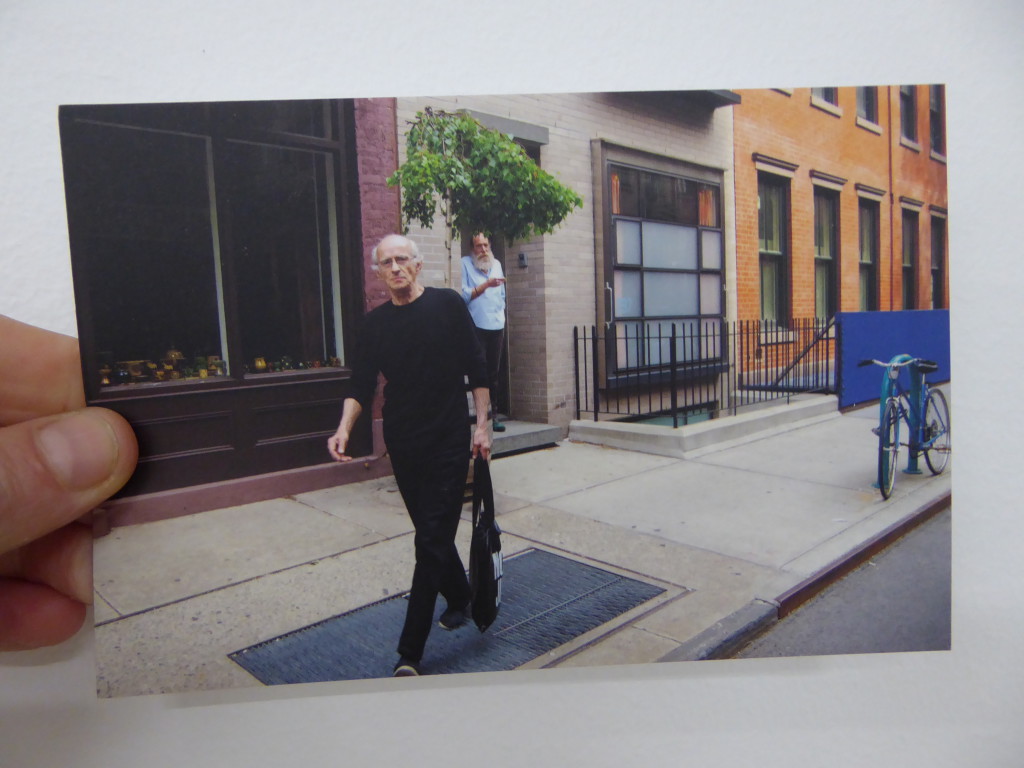
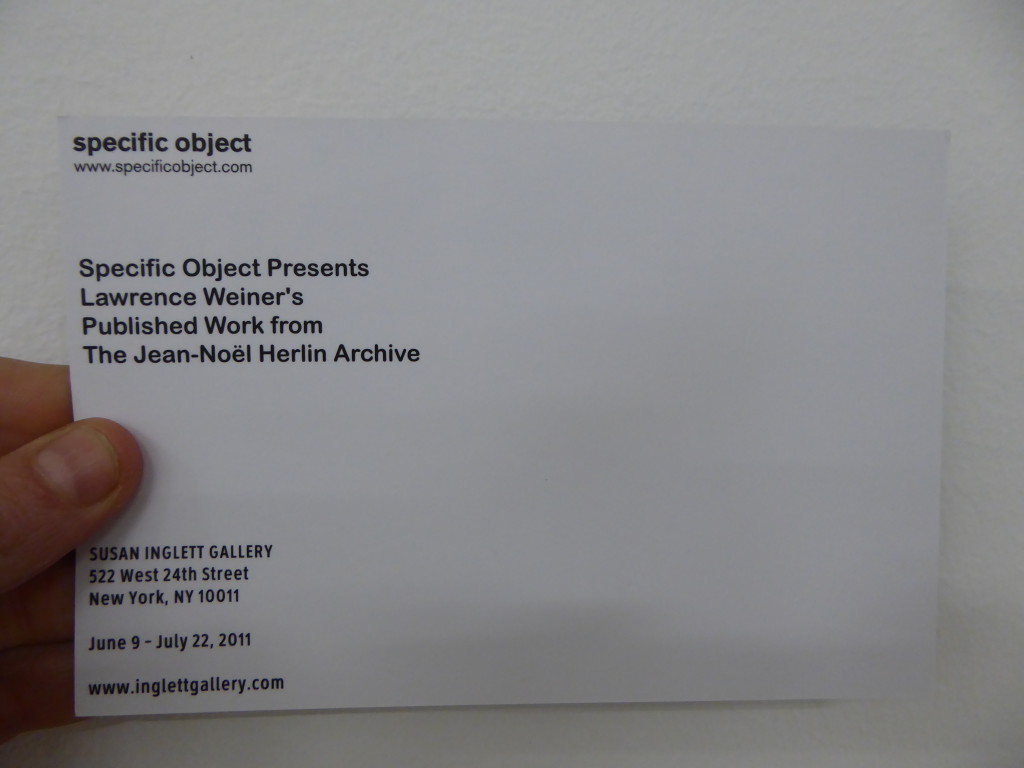
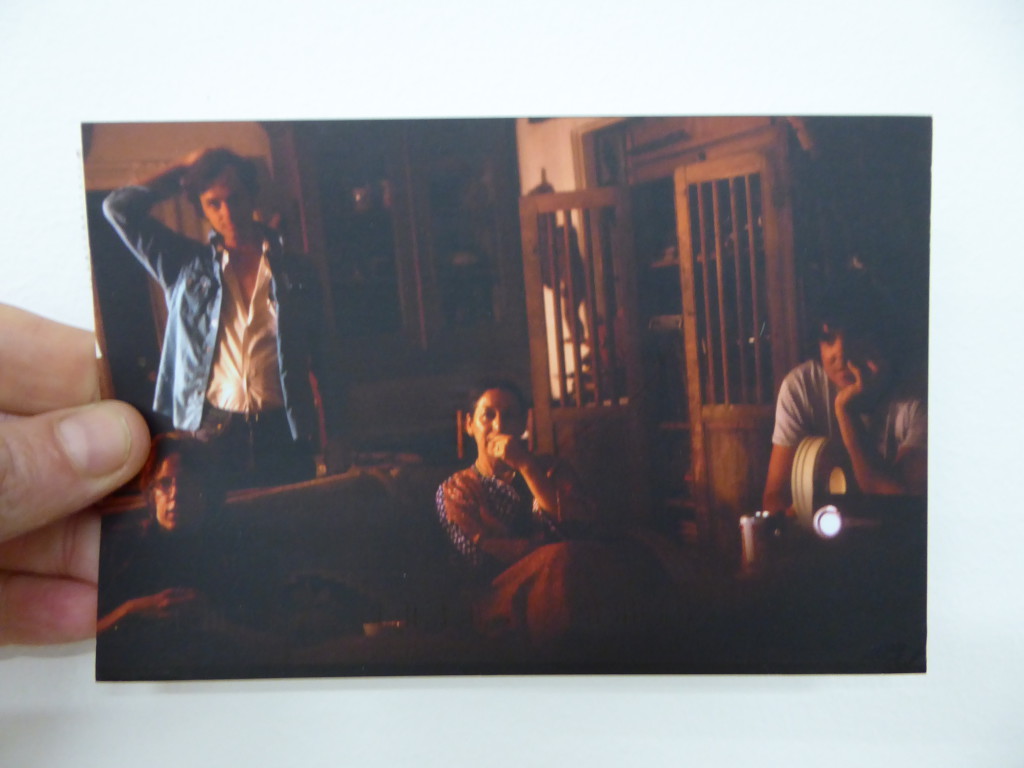
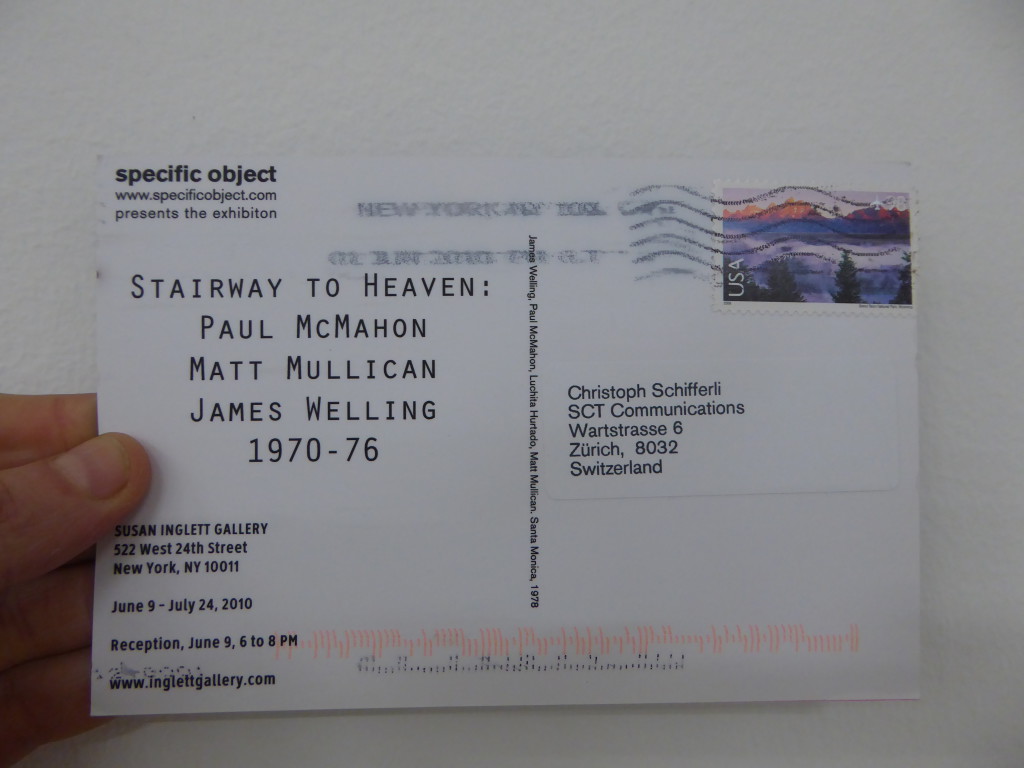
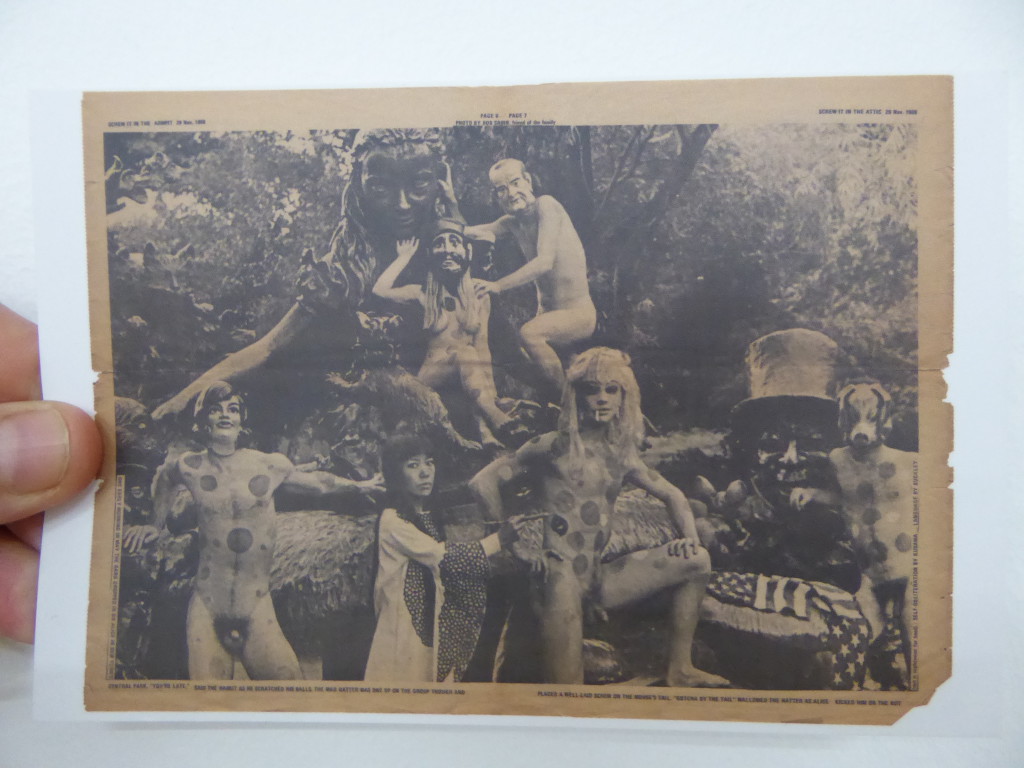
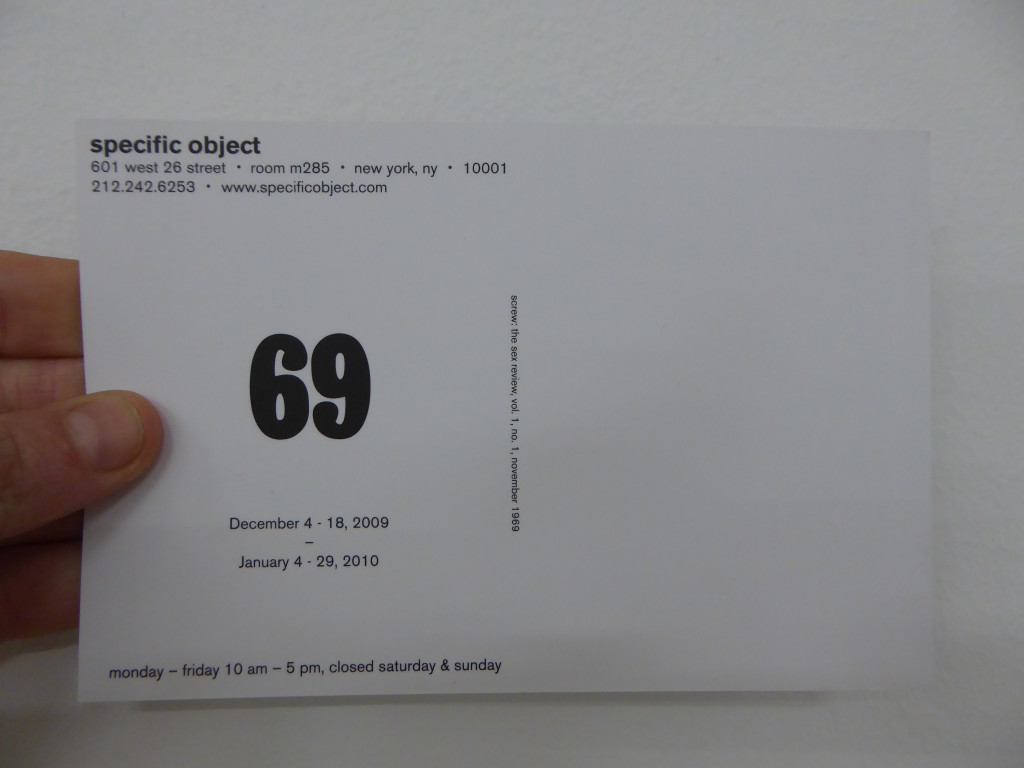
Specific Object (2004 – 20013) was a gallery, bookstore and think-tank dedicated to art post 1960s – specifically pop, Fluxus, minimal and conceptual – with an interest in the art that informed the 1960s and 1970s, as well artists whose works organically followed from the era.
Specific Object worked to isolate distinct works of value – historically, monetarily and / or intellectually valuable – and show them in an isolated context allowing these works, or objects, their own place, space and time. The material Specific Object presented ranged from artists’ publications, ephemera, prints, multiples and other editions to literature, music / audio works and unique artworks of the contemporary world.
In November 2004 Specific Object acquired the inventory of Barbara Moore’s bookstore Bound & Unbound. Through her bookshops Bound & Unbound and its predecessor Backworks, founded in 1976, Moore has been a seminal and innovative champion of artists working in alternative mediums.
From 1998 through 2004 David Platzker was the Executive Director of the non-profit institution Printed Matter, Inc. He is also the co-author, and co-curator – with Elizabeth Wyckoff – of Hard Pressed: 600 Years of Prints and Process (International Print Center New York & Hudson Hills Press, 2000); and – with Richard H. Axsom – the book and exhibition entitled Printed Stuff: Prints, Posters, and Ephemera by Claes Oldenburg : A Catalogue Raisonne 1958-1996 (Madison Art Center & Hudson Hills Press, 1997), which was awarded the George Wittenborn Award for Best Art Publication of 1997 by the Art Libraries Society of North America.
He has curated exhibitions of the works of Art & Project, John Baldessari, Marcel Broodthaers, Documenta 5, Conceptual Art, Marcel Duchamp, Donald Judd, Bruce Nauman, Oldenburg, Raymond Pettibon, Dieter Roth, and Edward Ruscha in addition to commissioning or curating exhibitions at Printed Matter of Angelblood, Larry Clark, Erin Cosgrove, Meg Cranston, General Idea, Jenny Holzer, Reverend Jen, Allan Kaprow, Yoko Ono, Ryan McGinness, Sonic Youth, Tom Sachs, David Tremlett, Richard Tuttle and the Guerrilla Girls.
Platzker was also the host of WPS1.org’s Recorded Matter on-line radio program. Archived programs can be found at www.artonair.org.
On May 15, 2013 David Platzker became Curator in the Department of Prints and Illustrated Books at The Museum of Modern Art, New York (until 2018).
 follow
follow